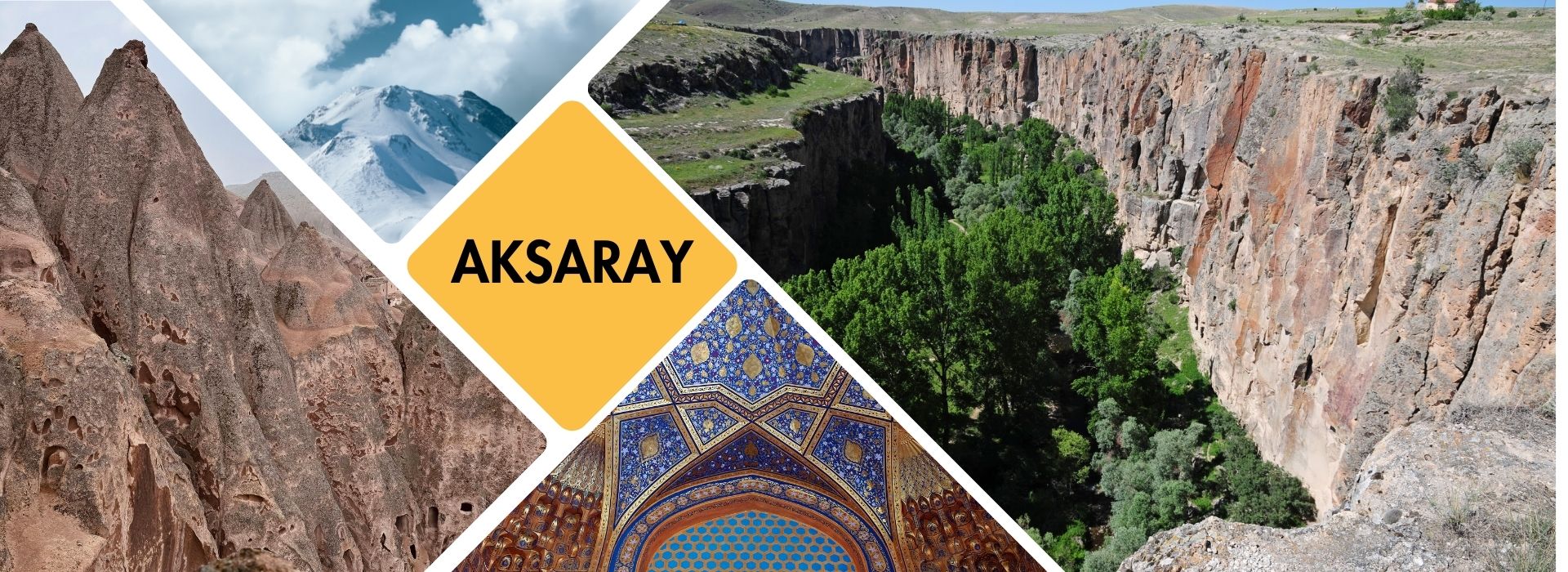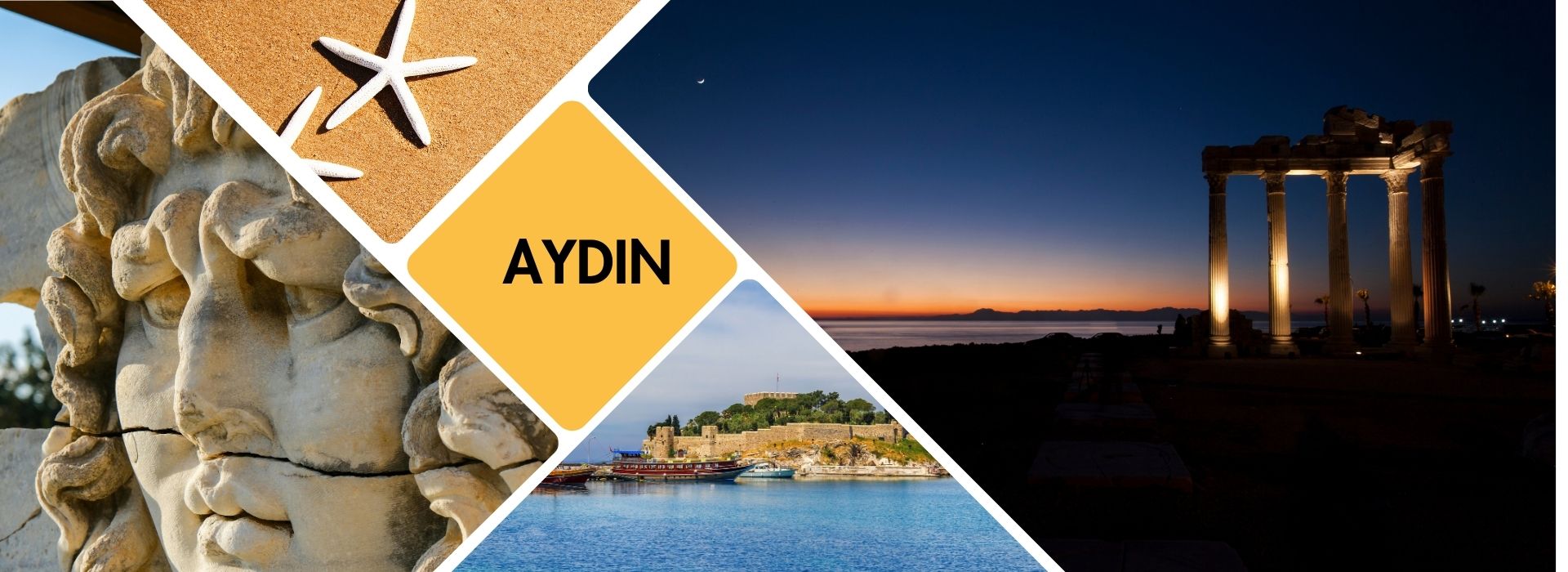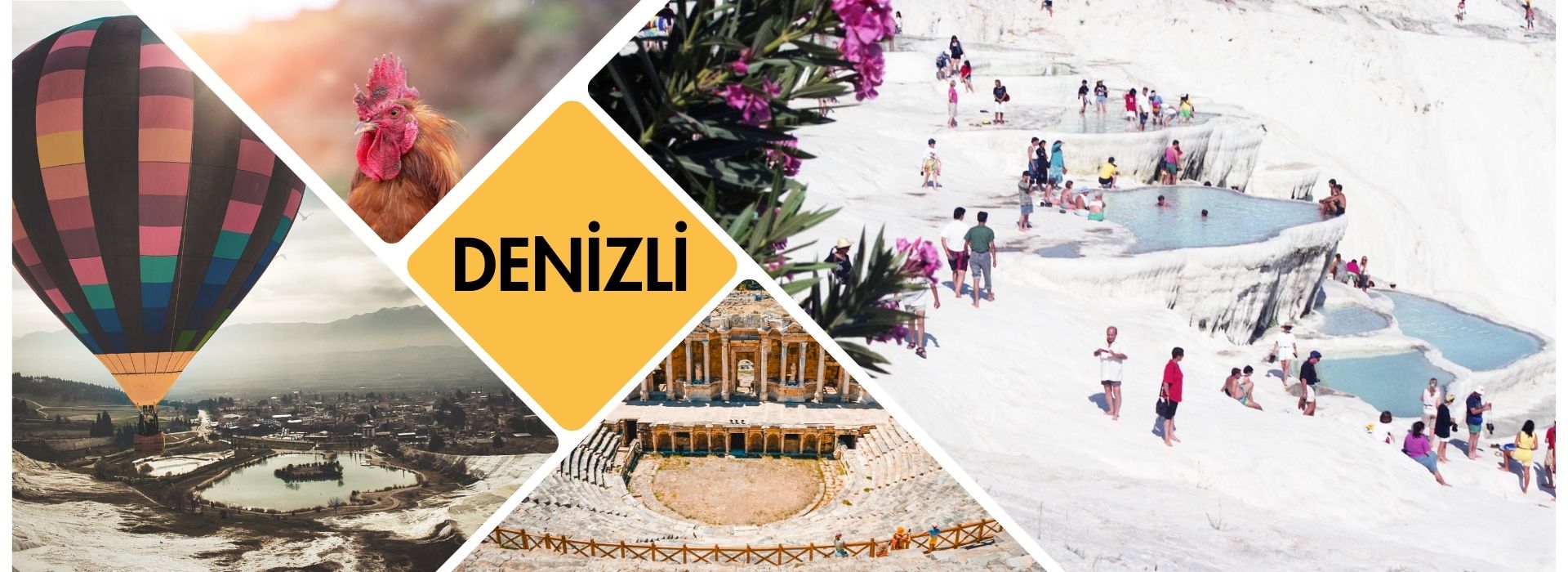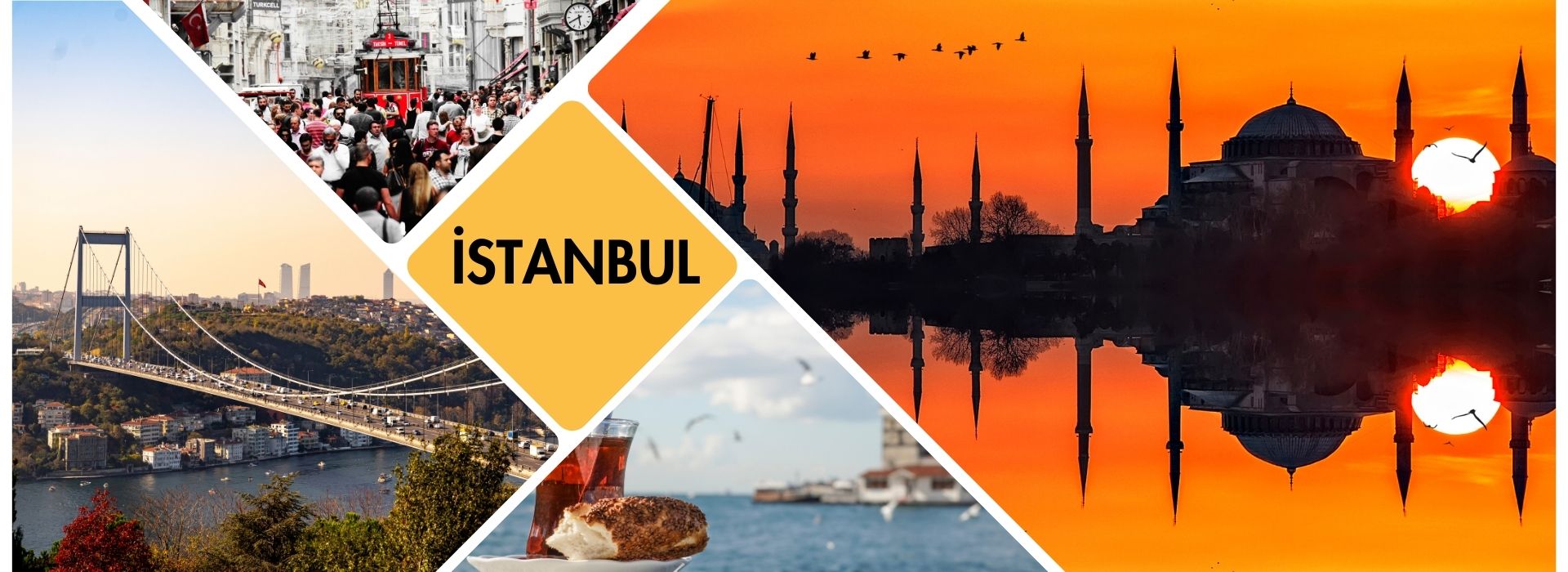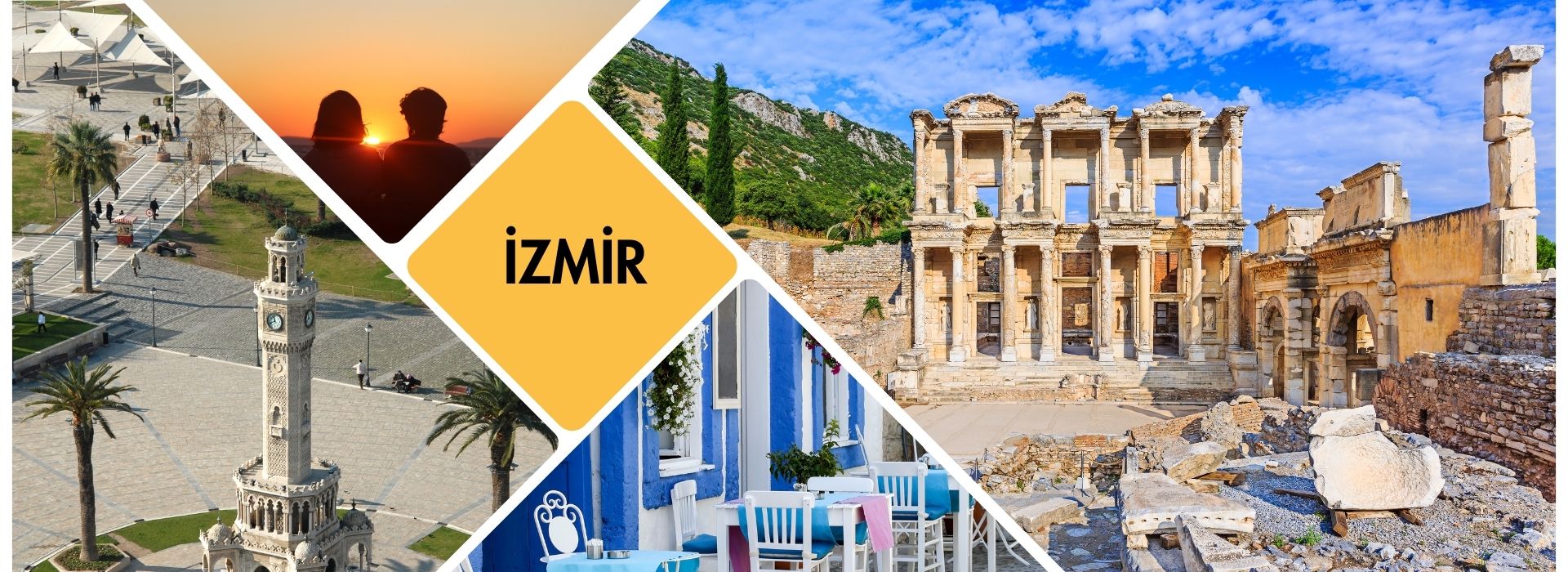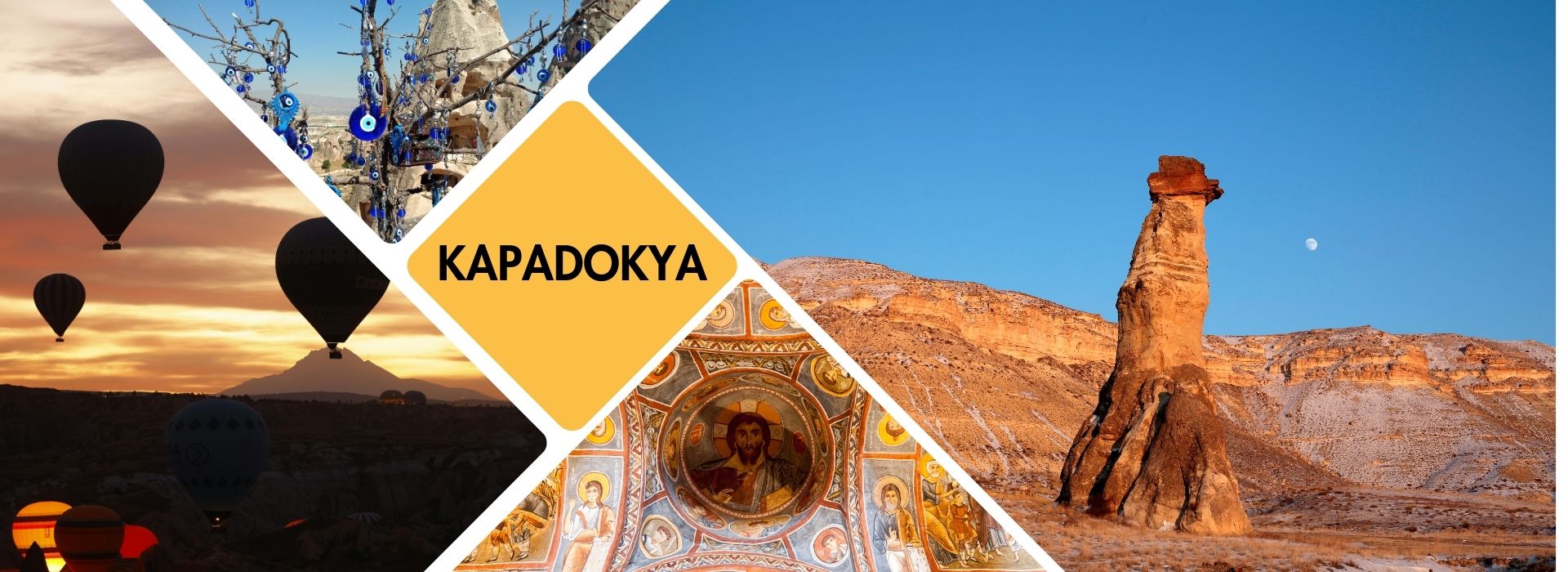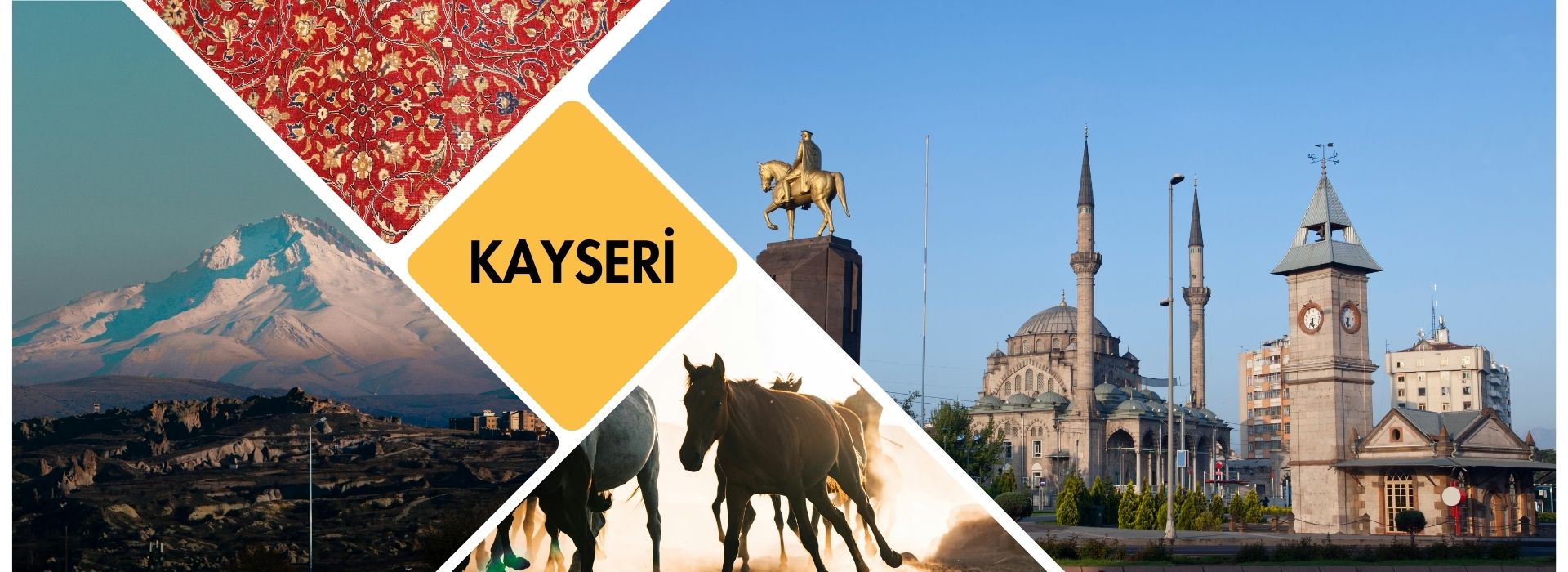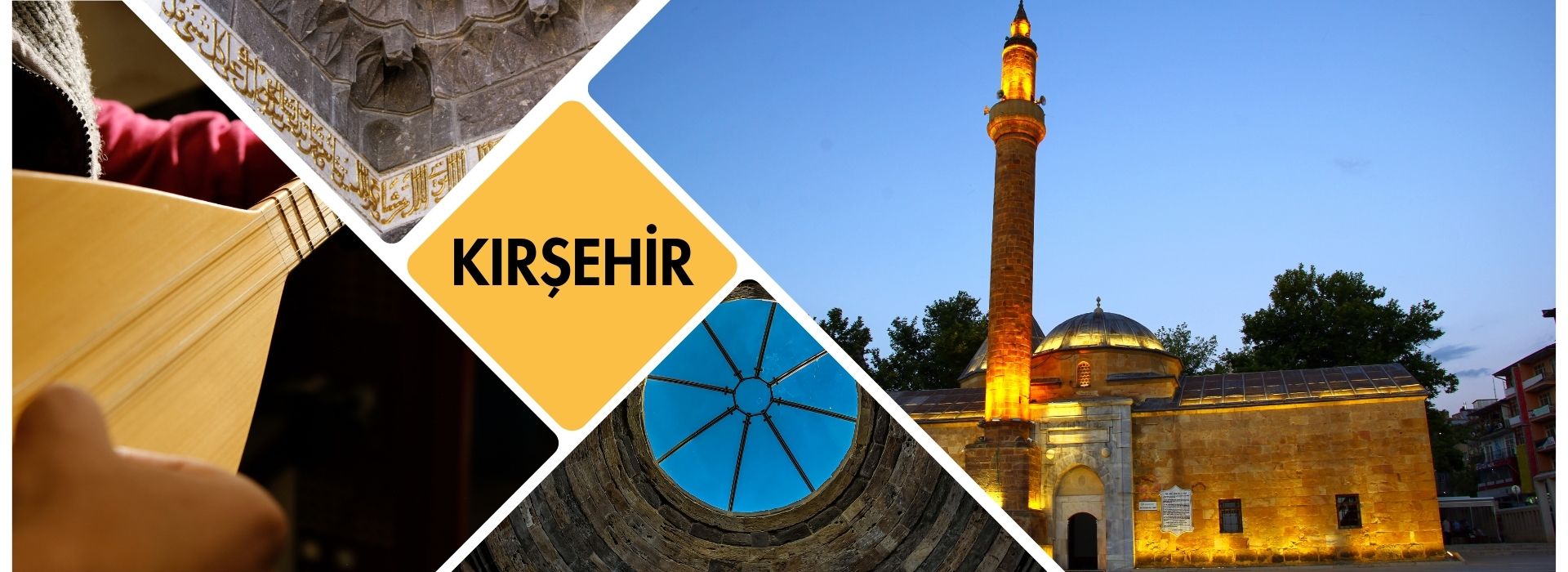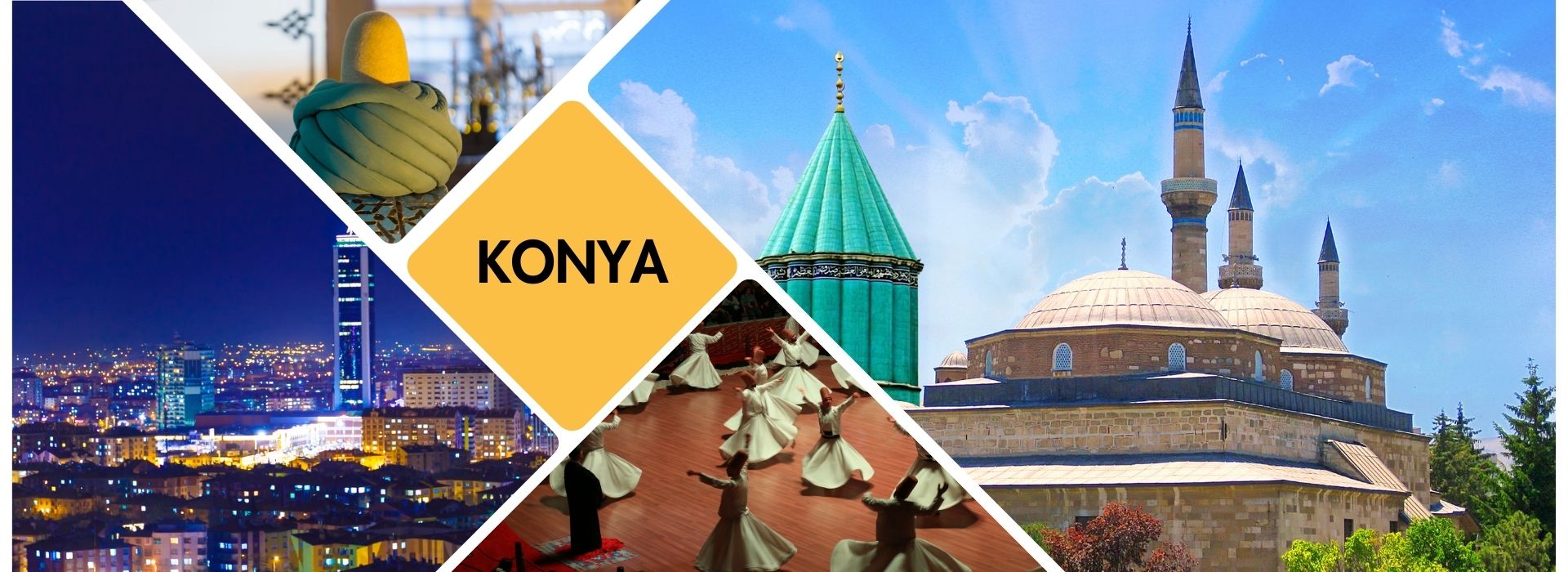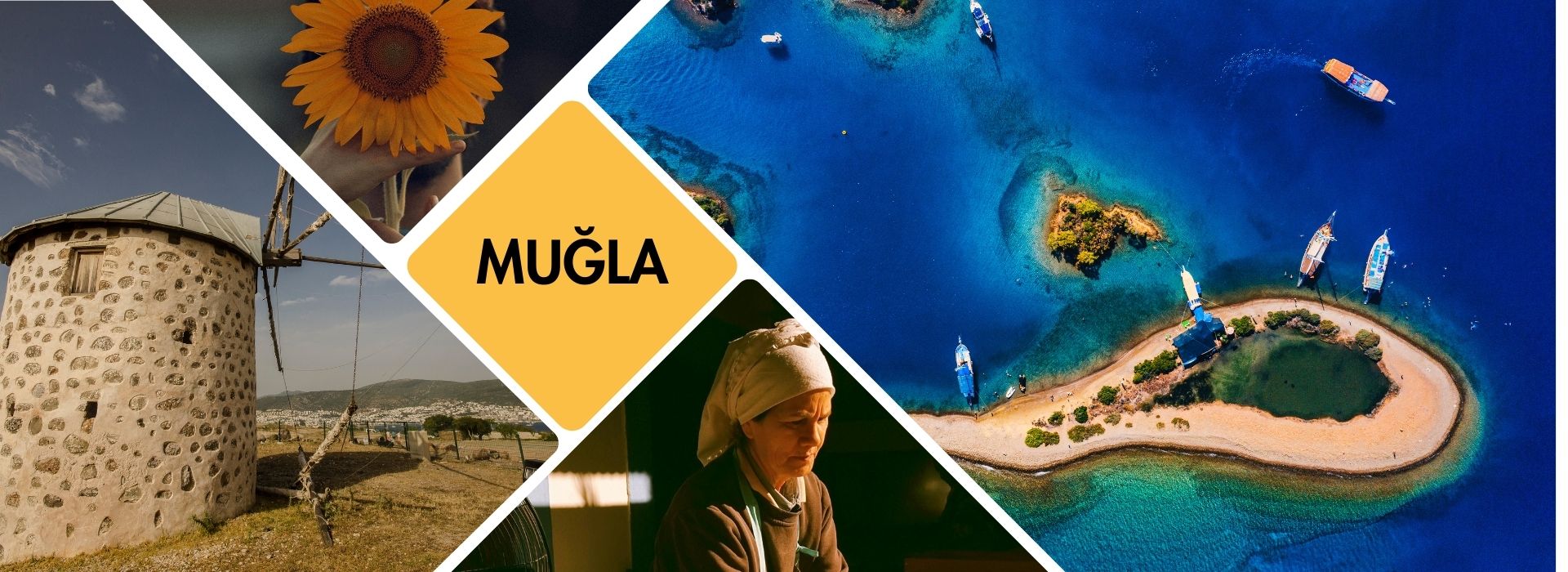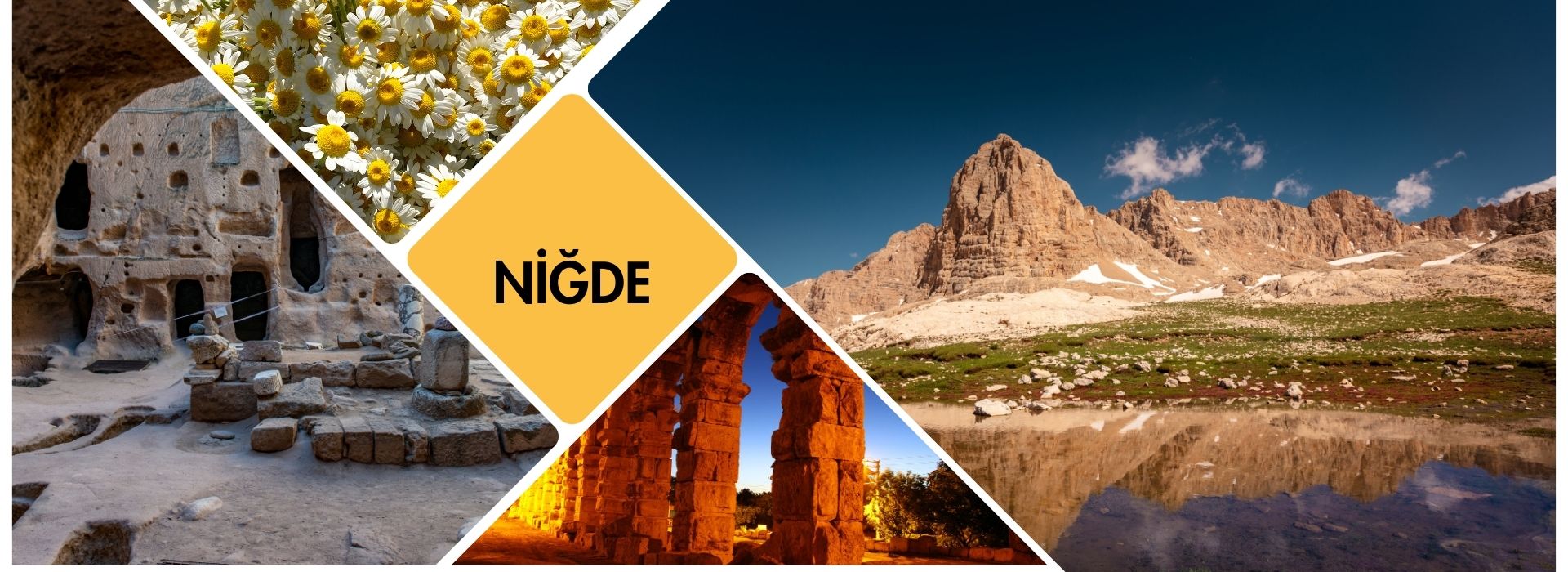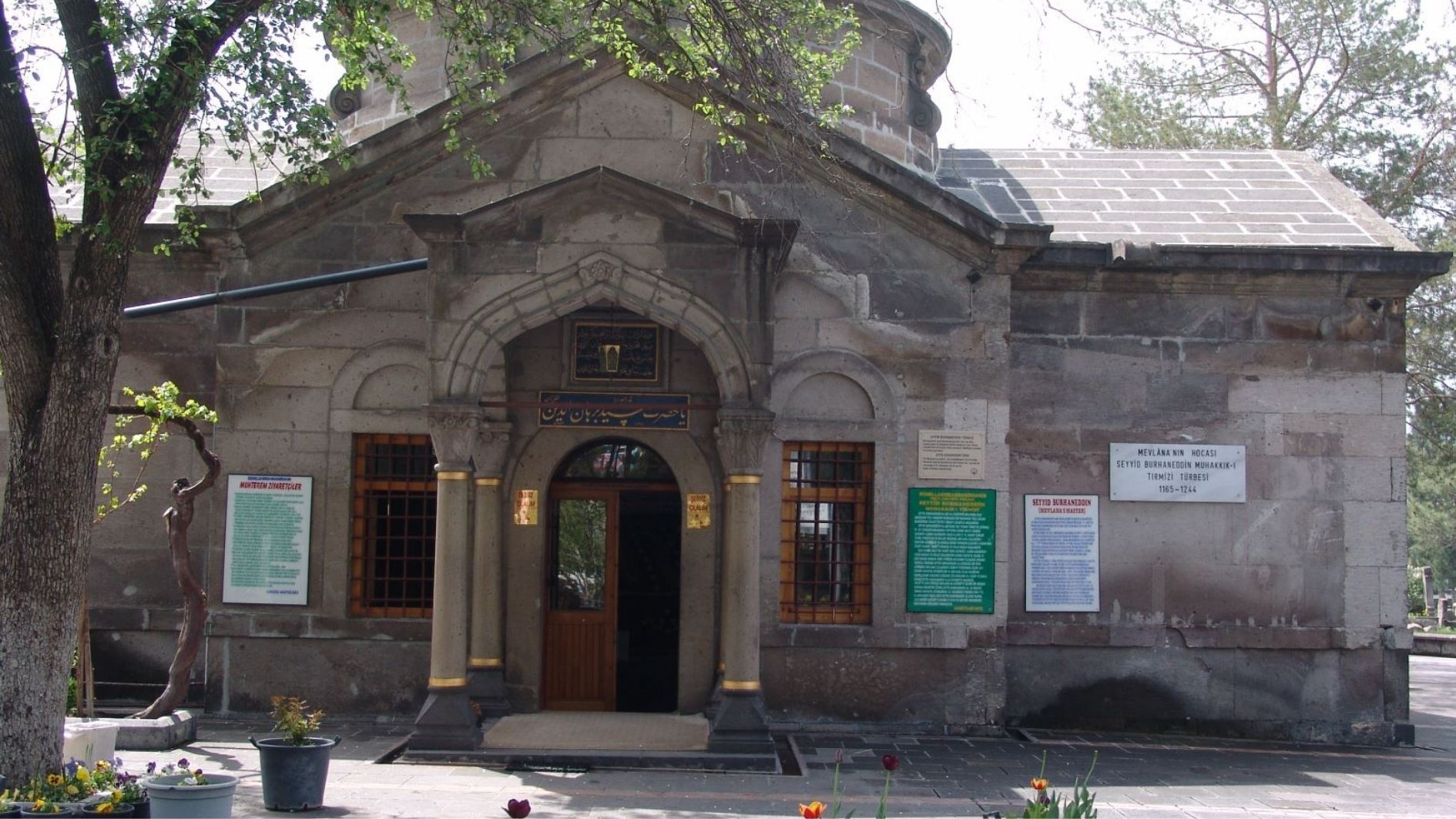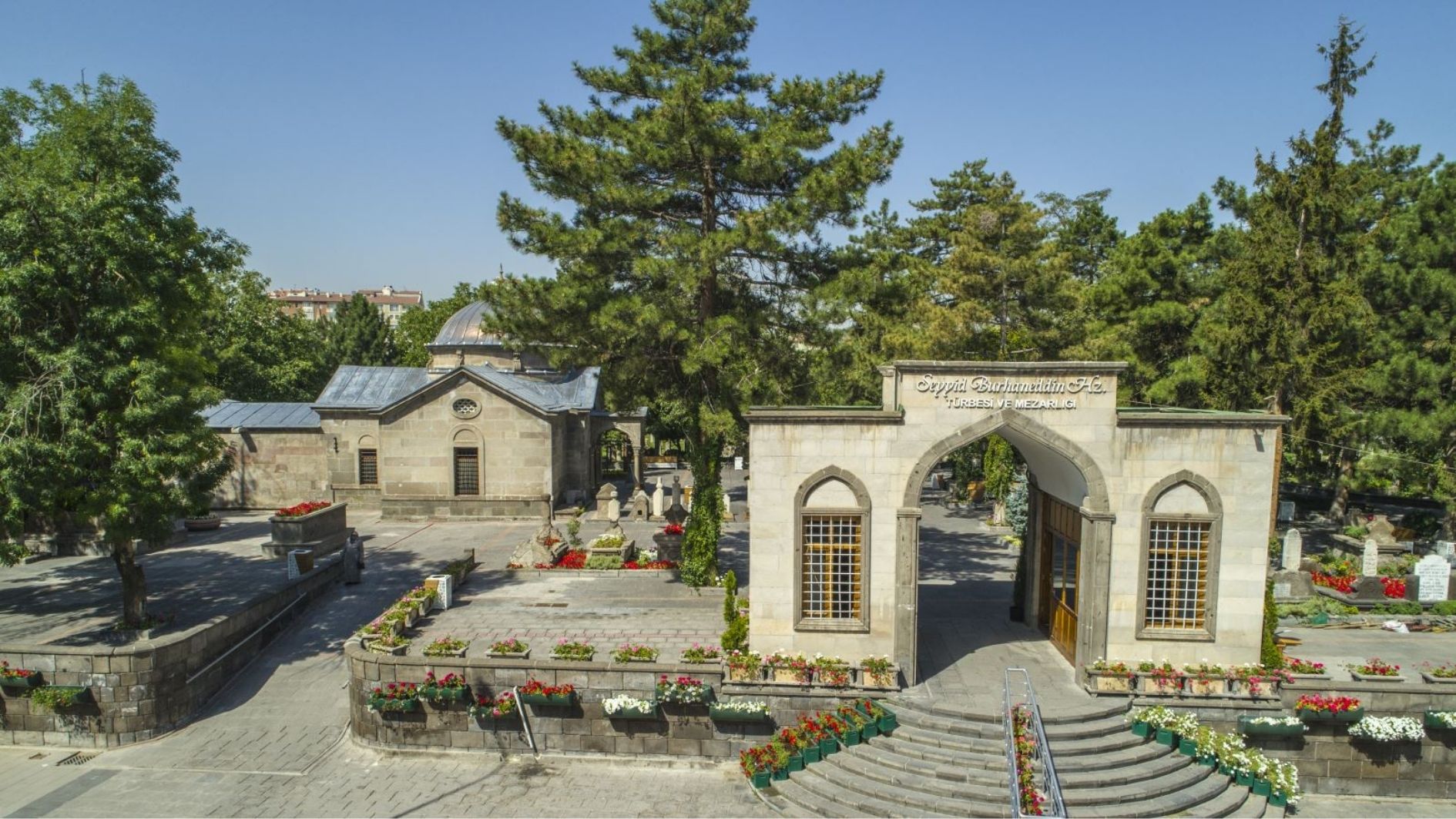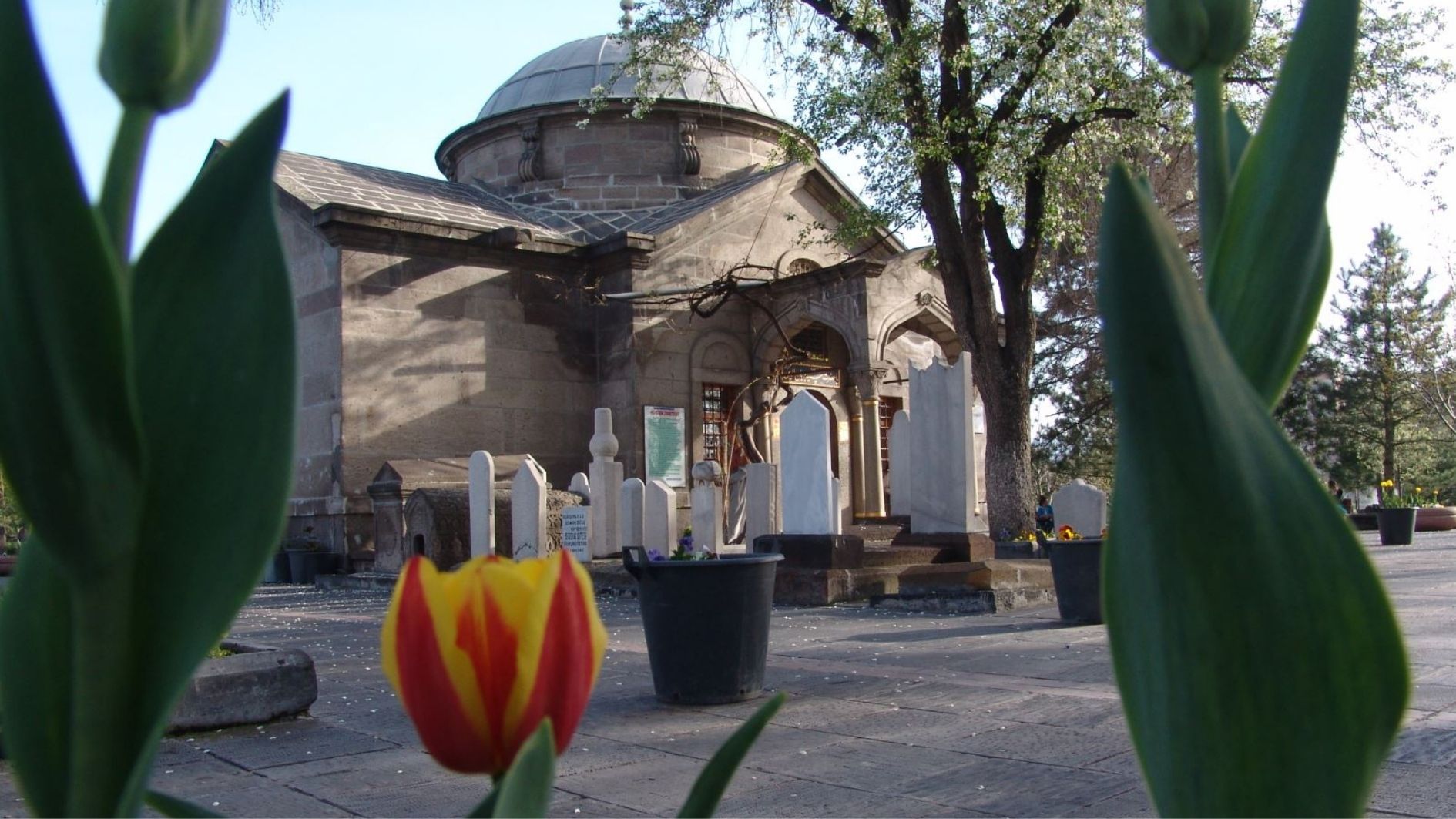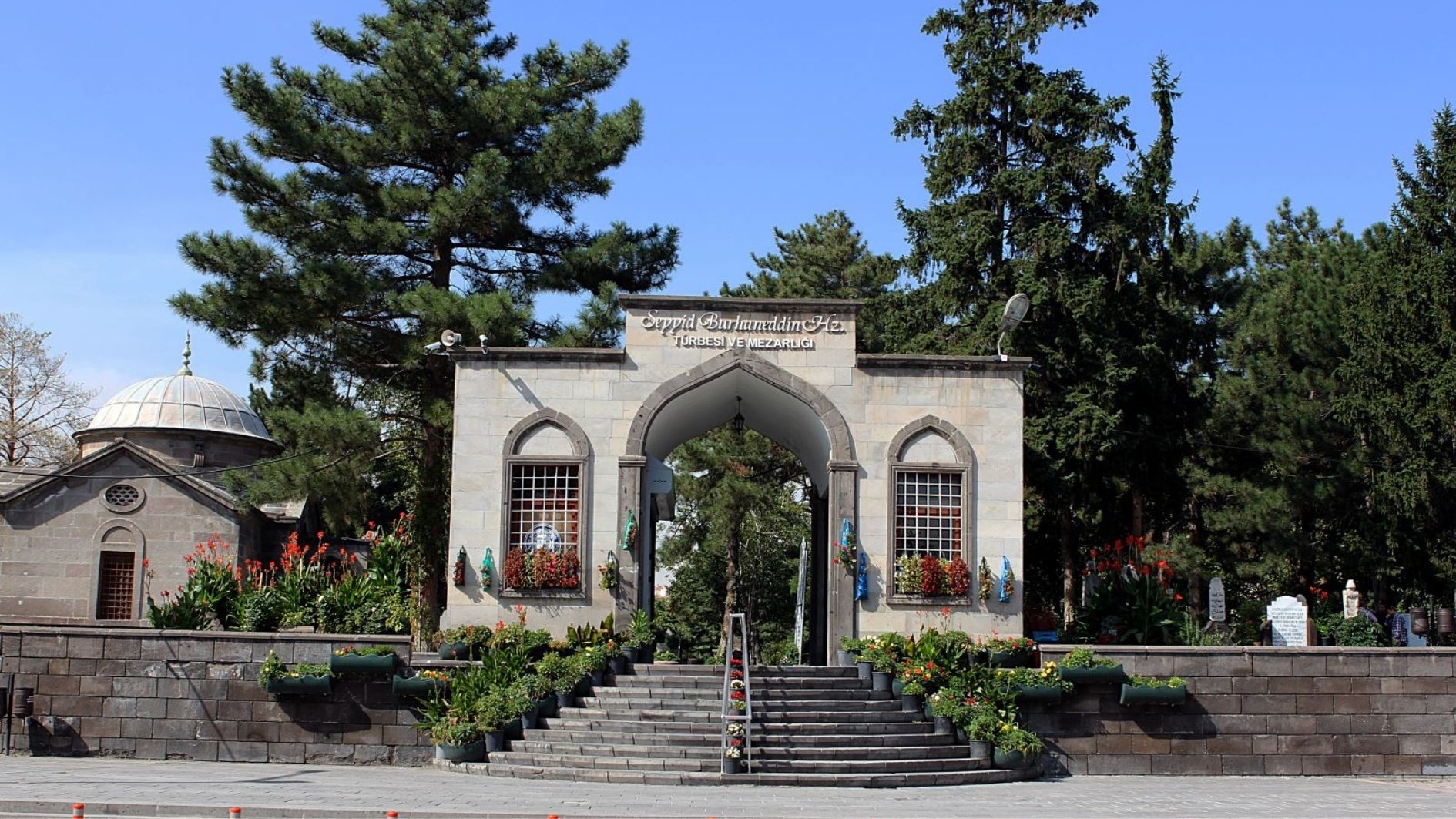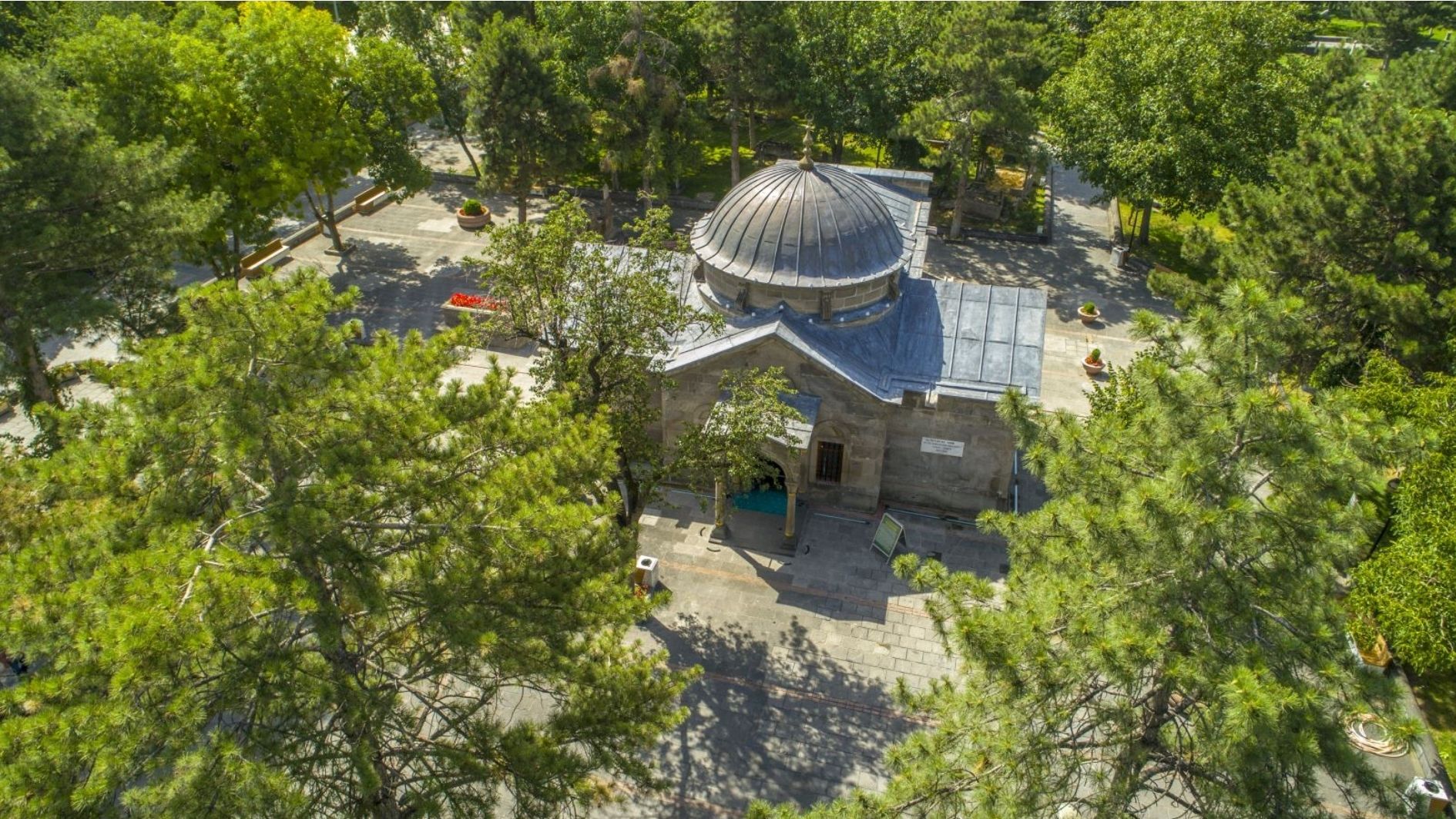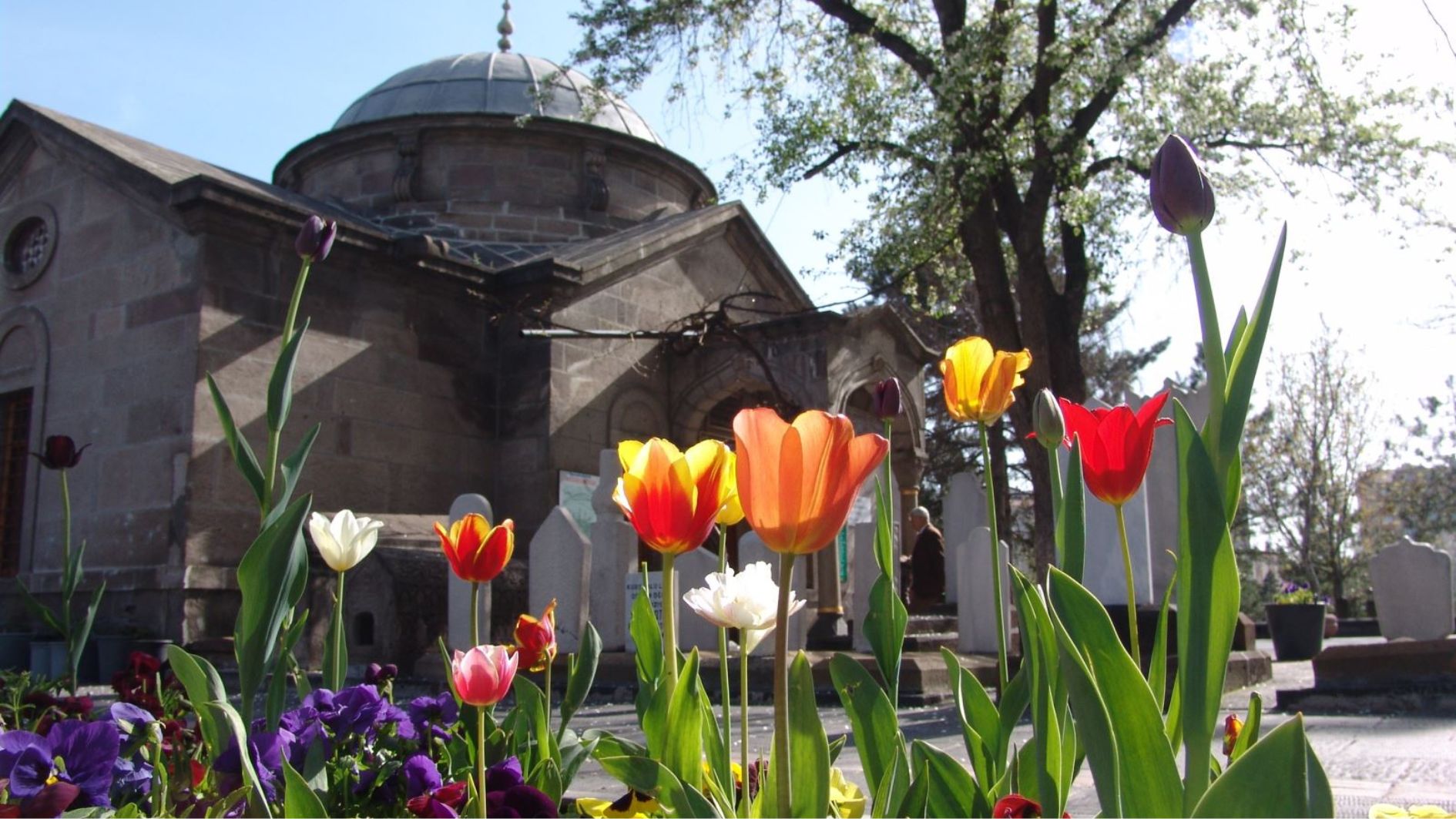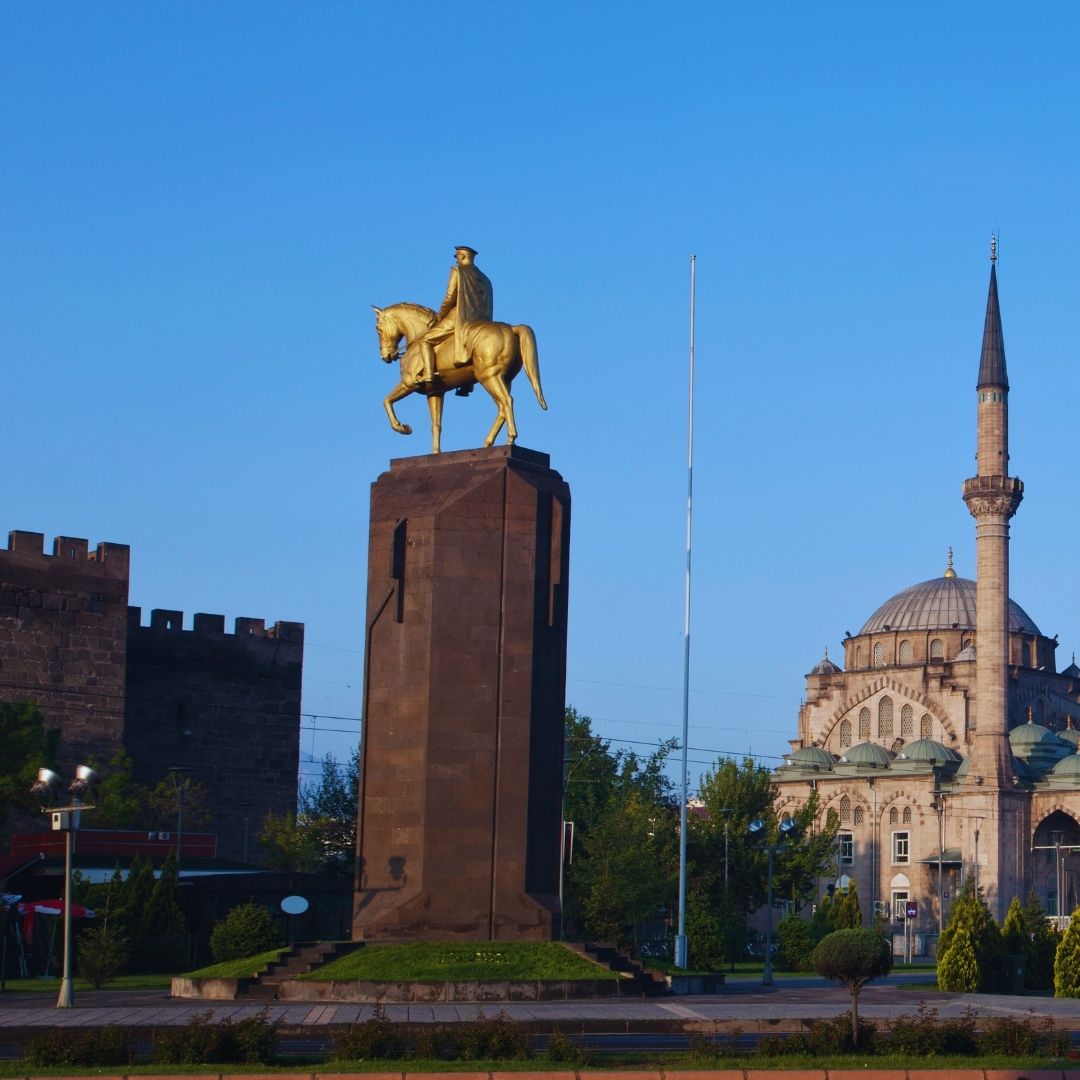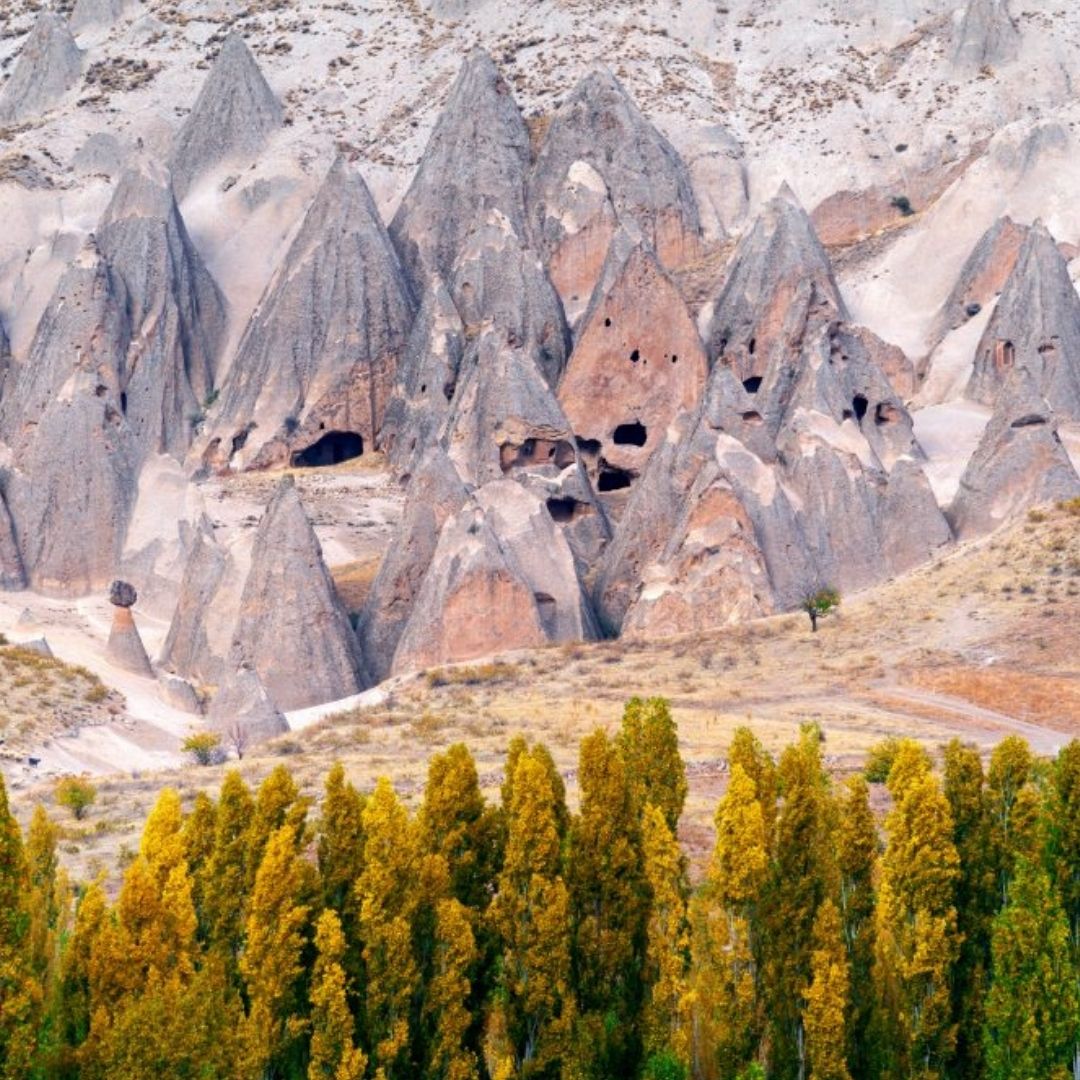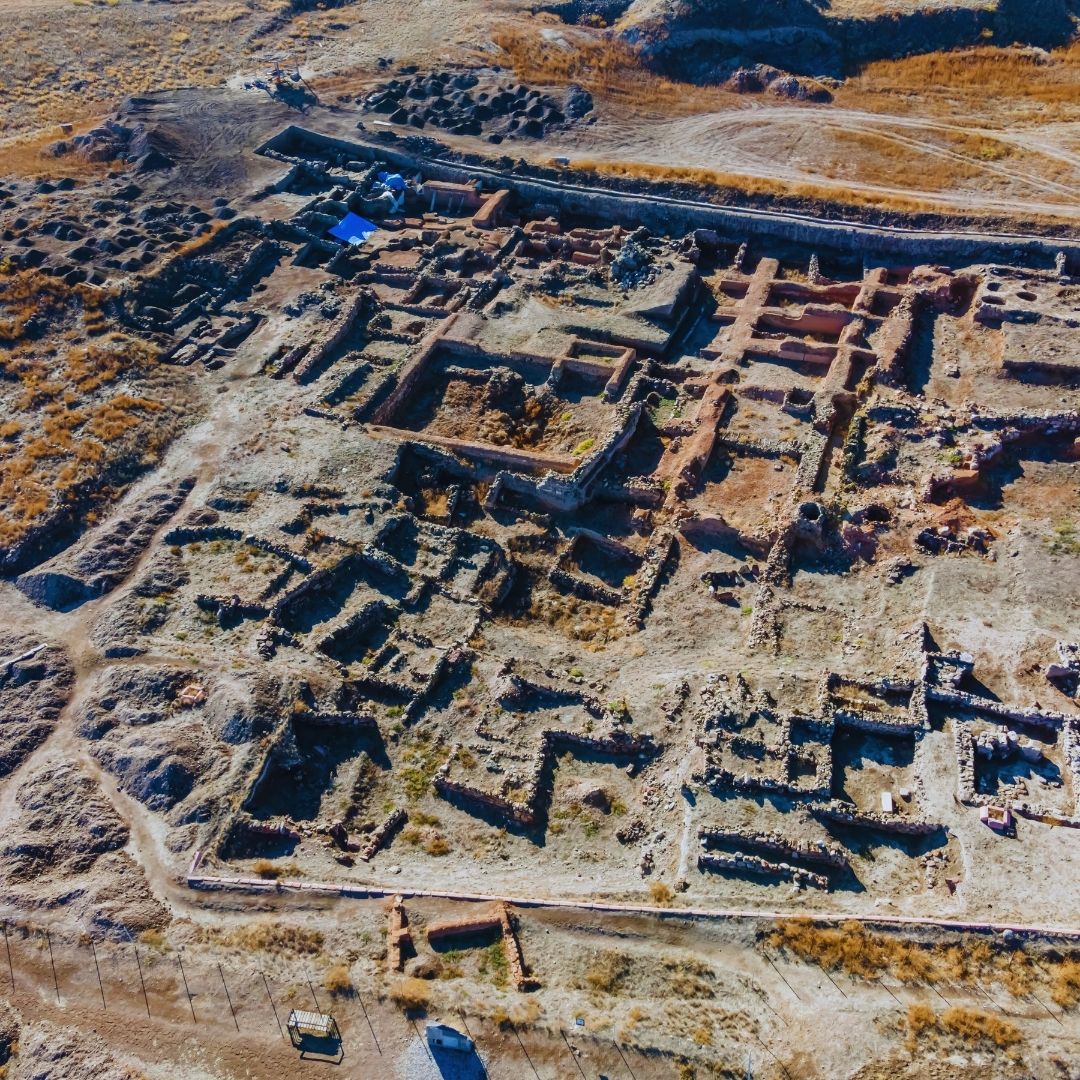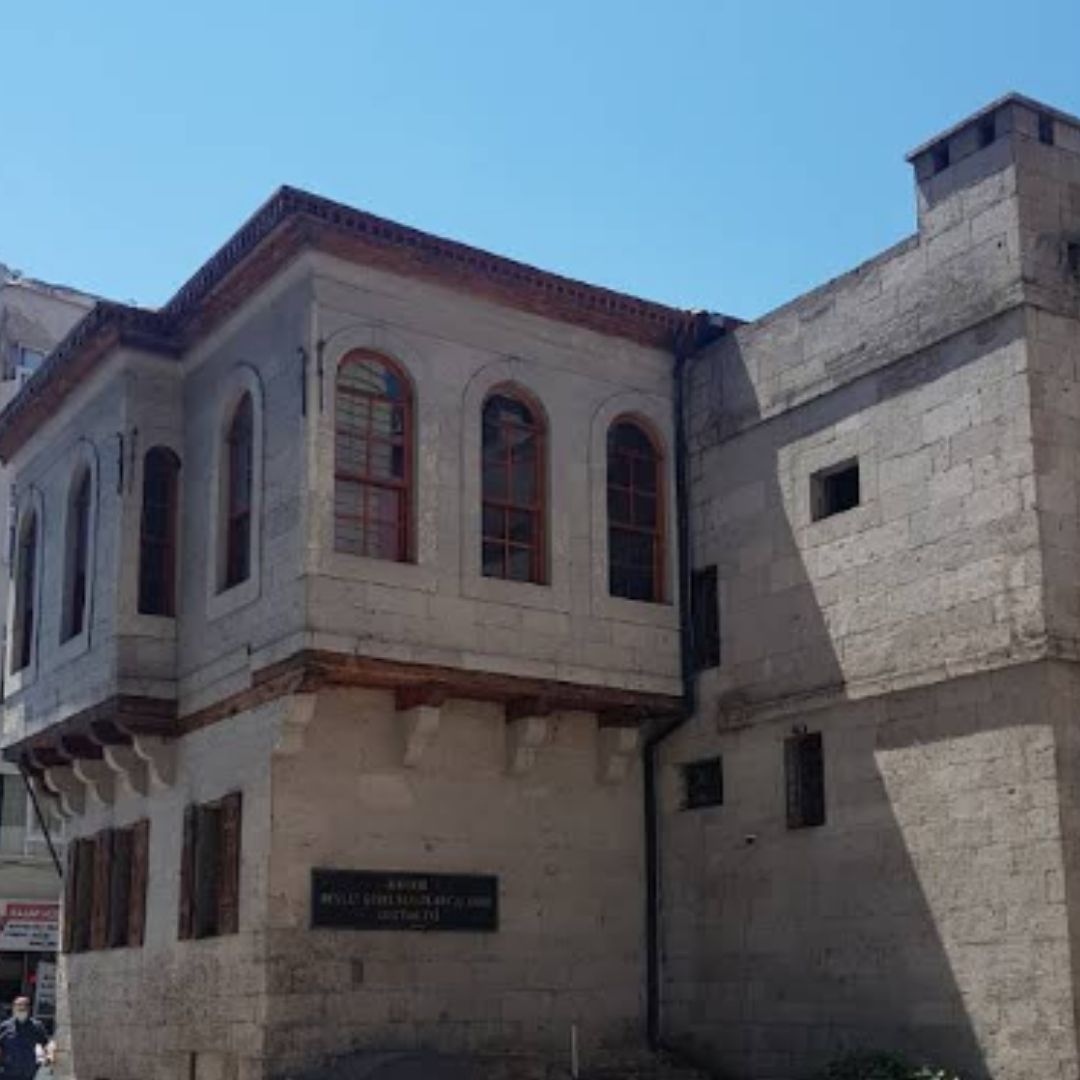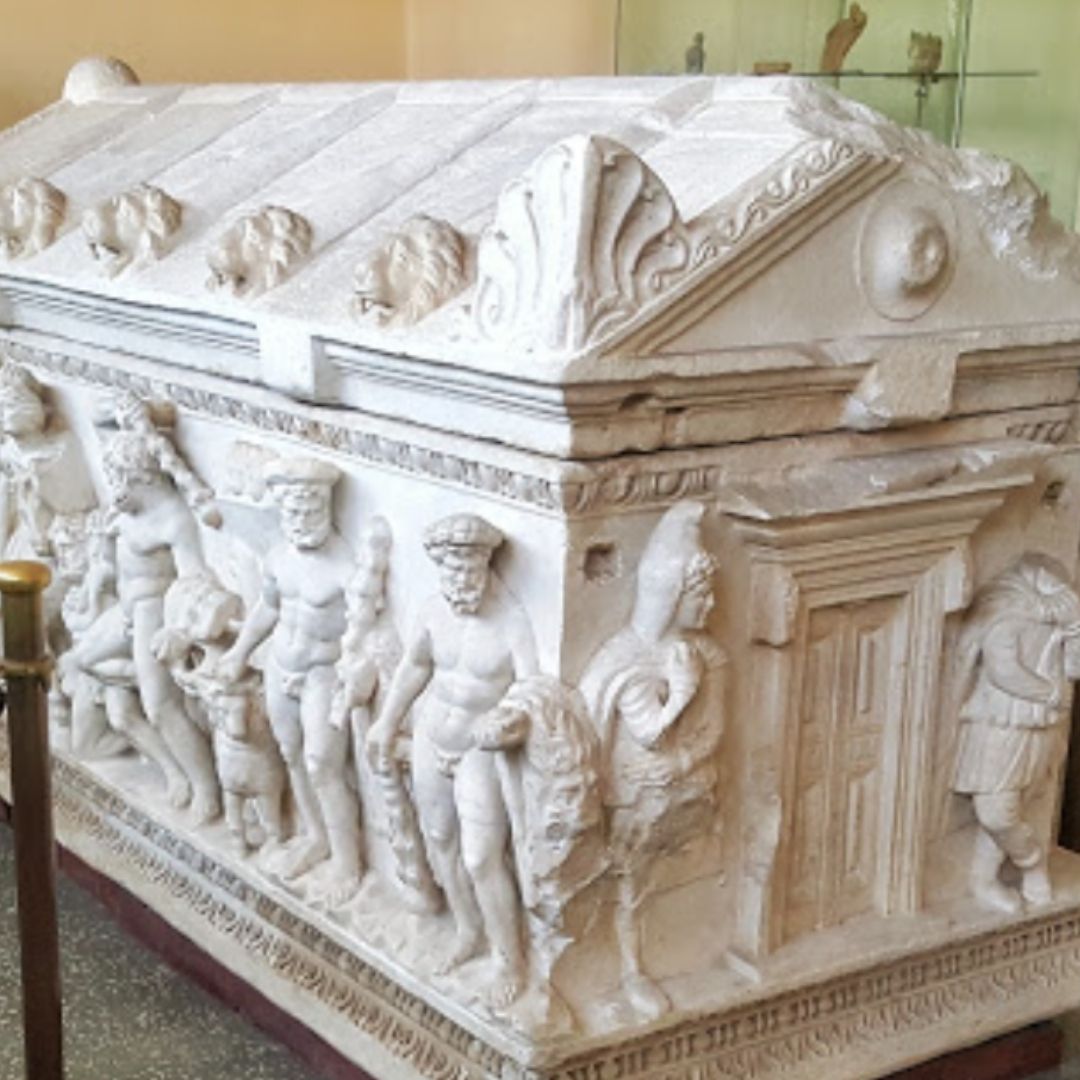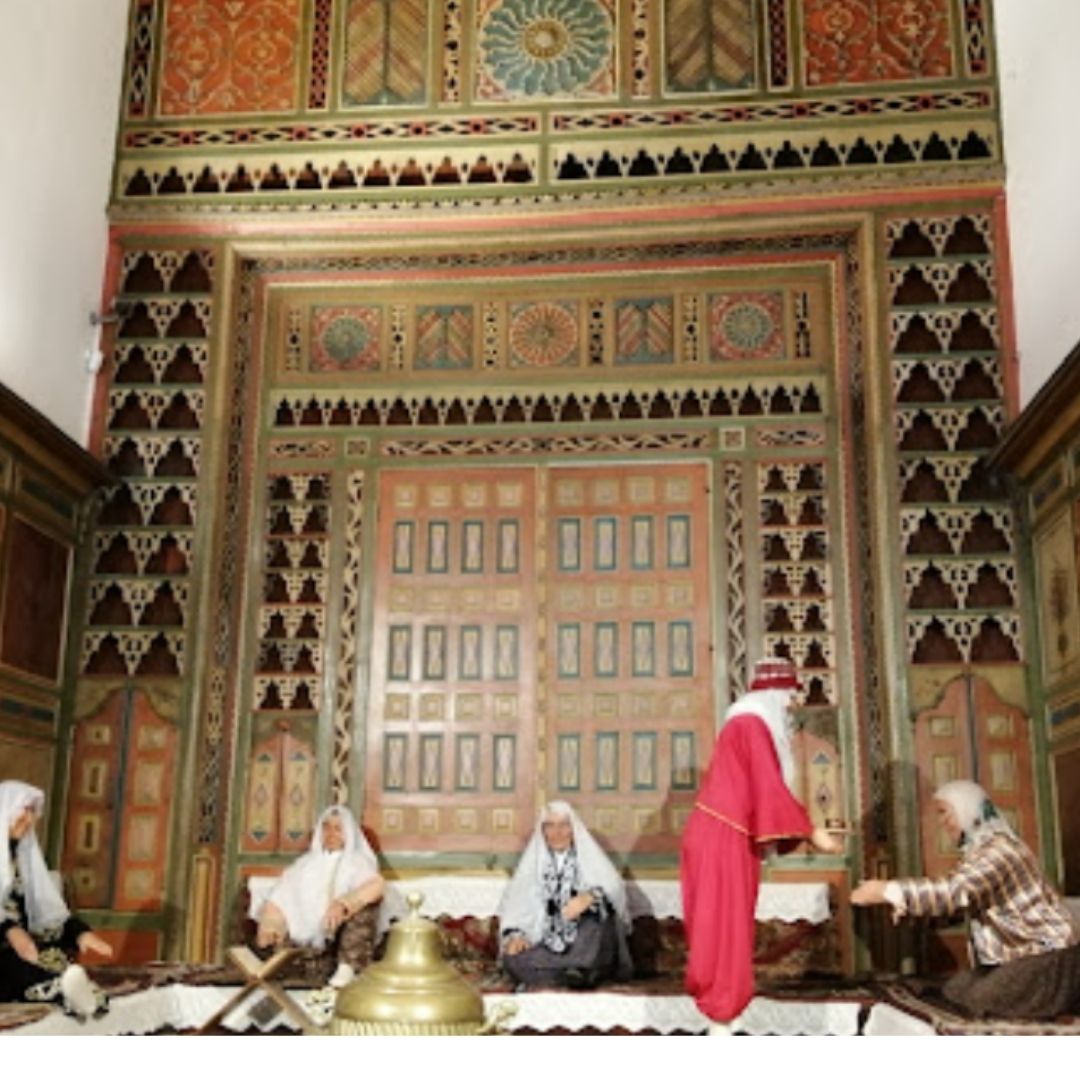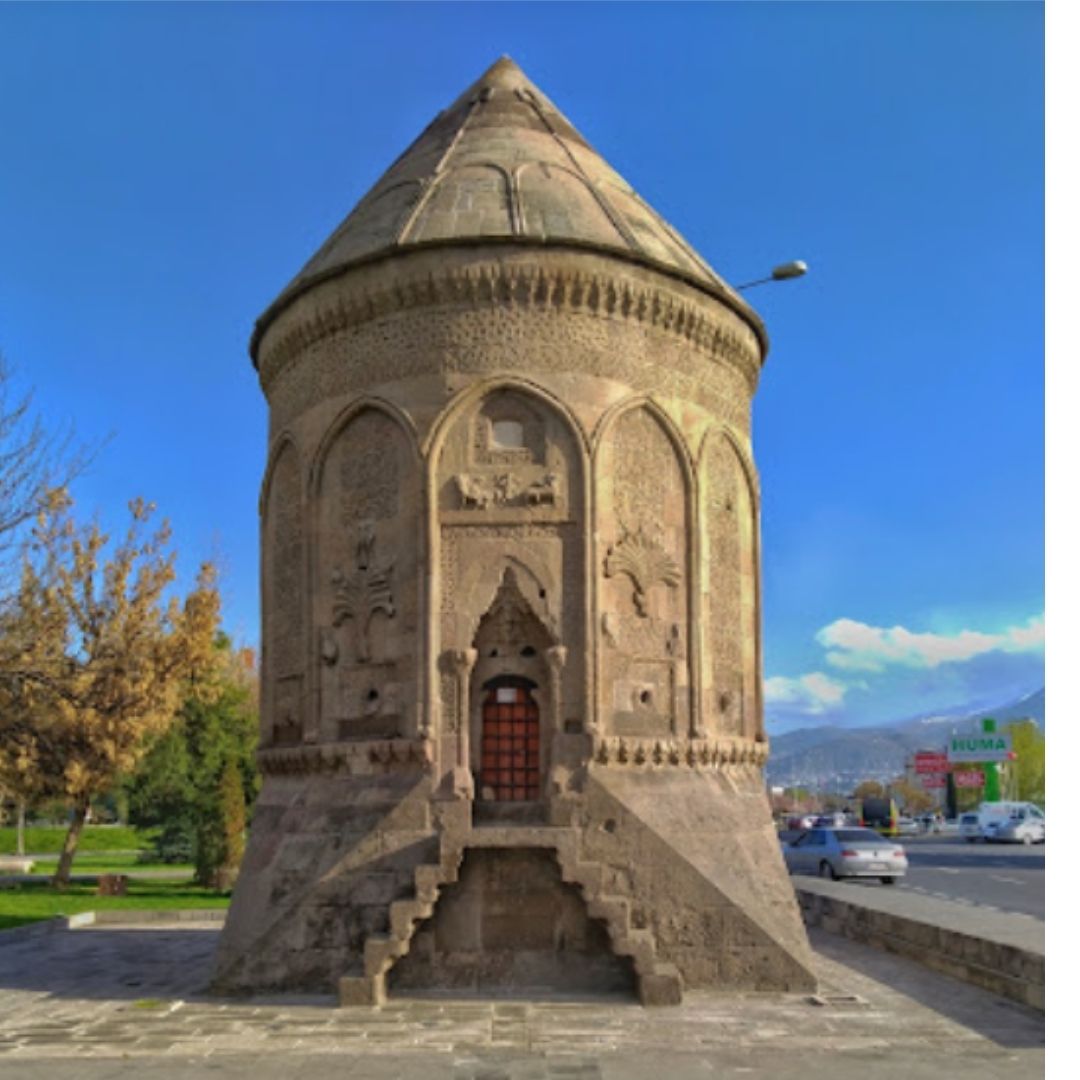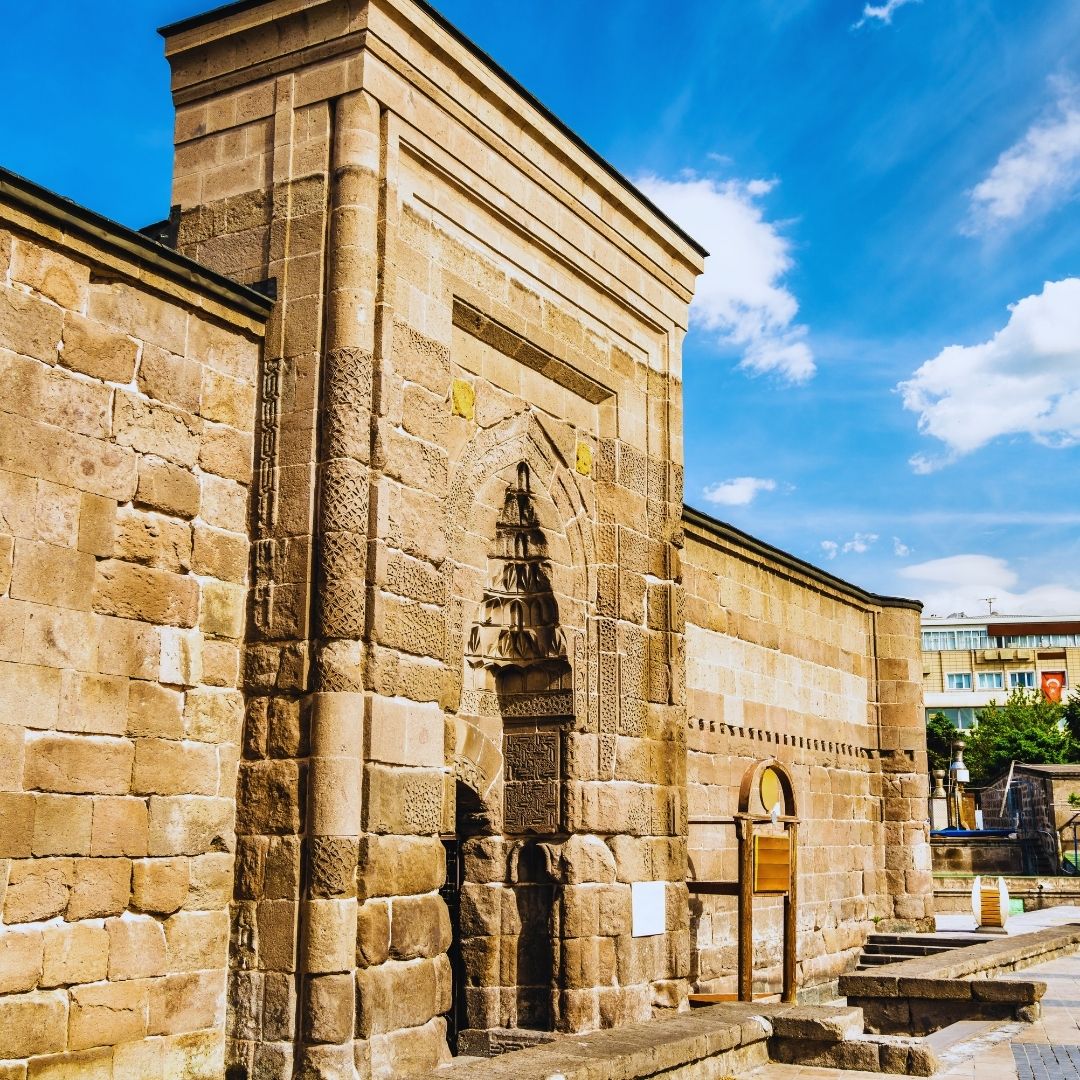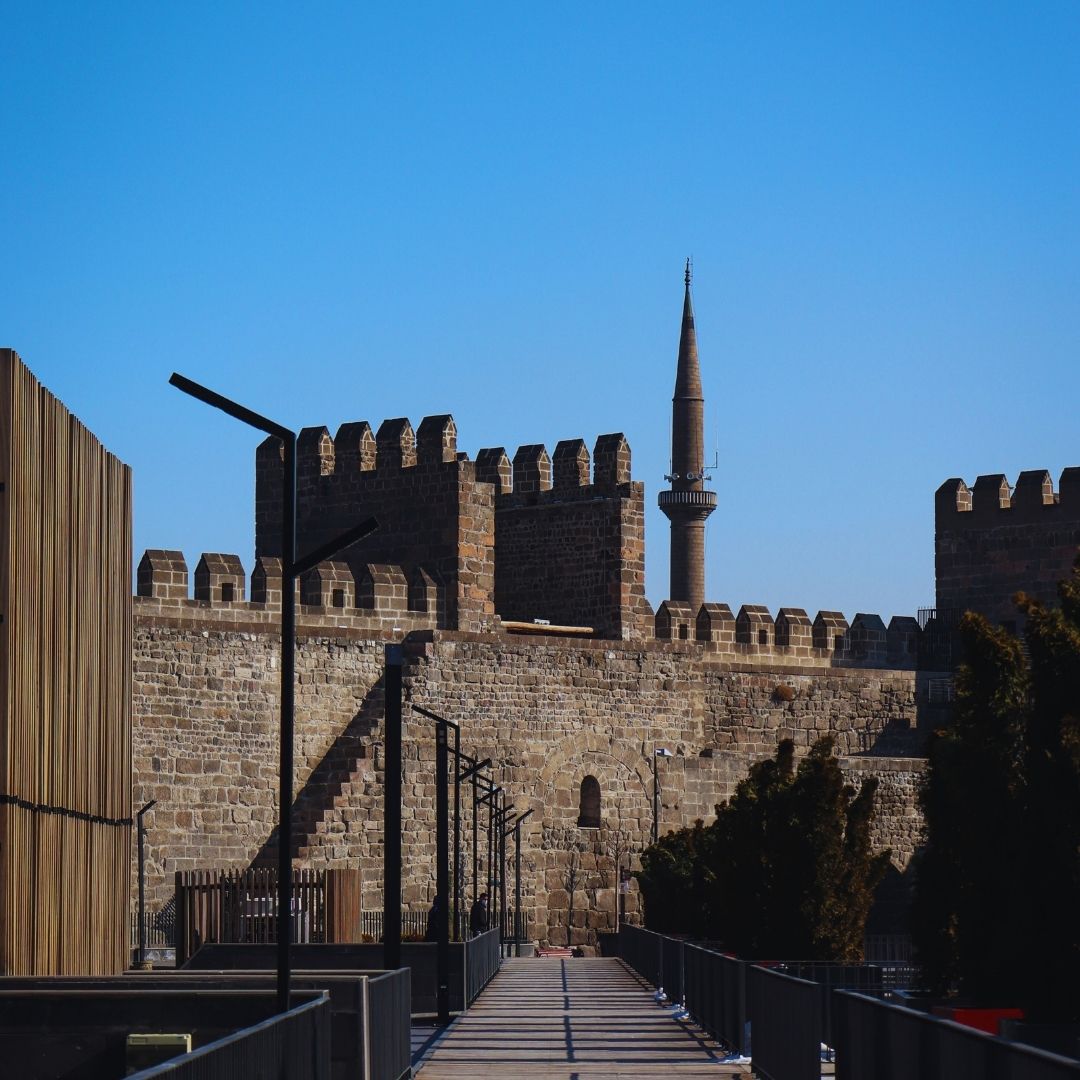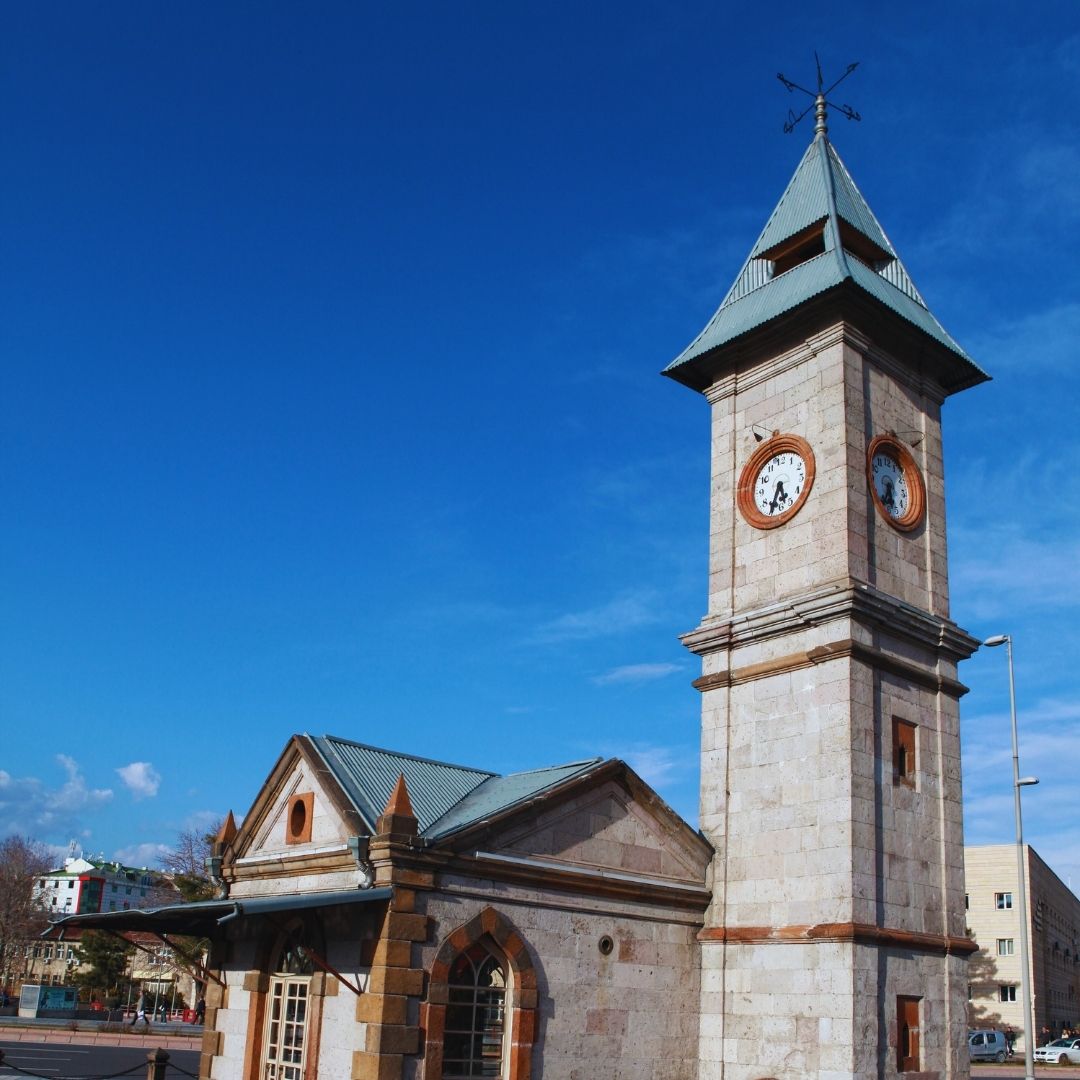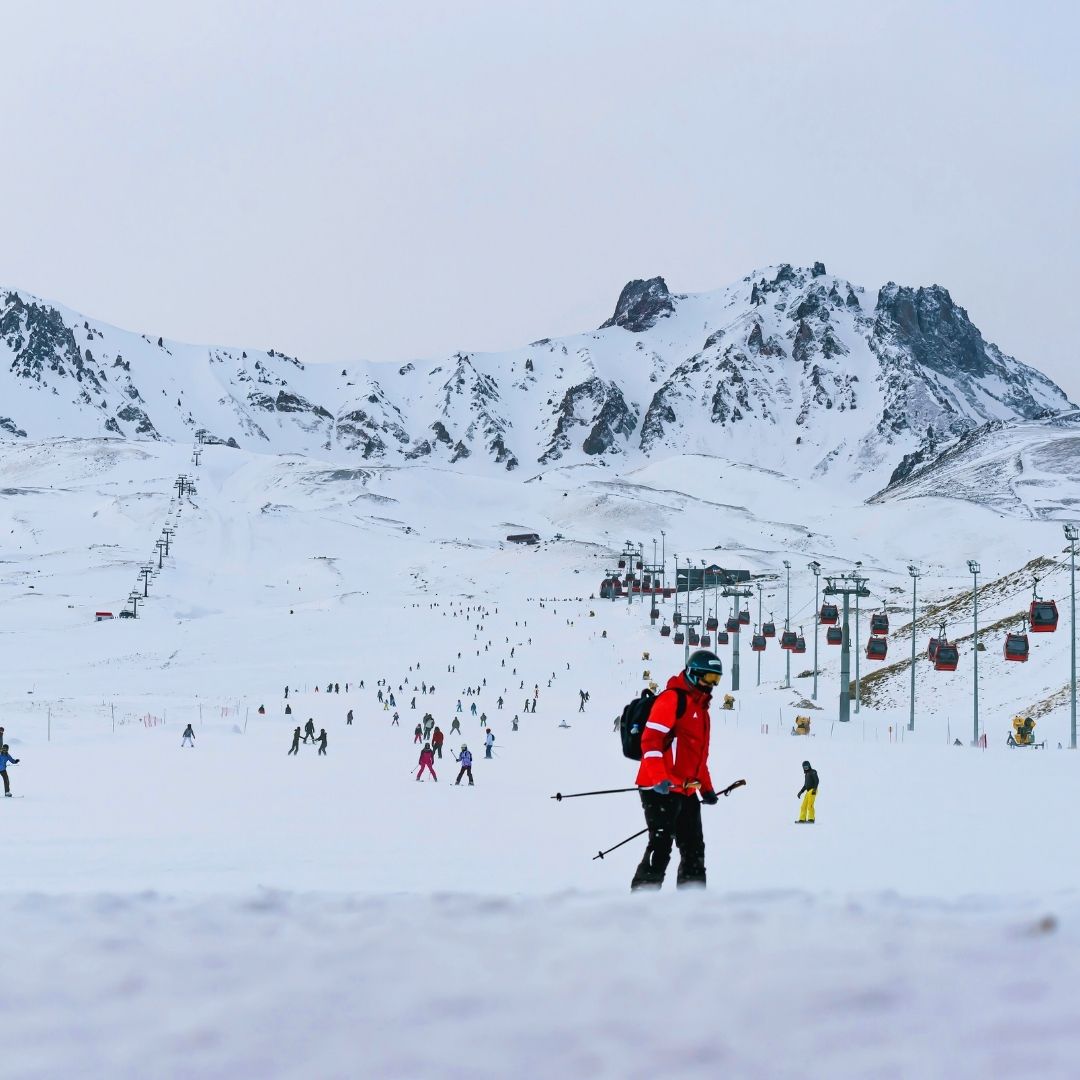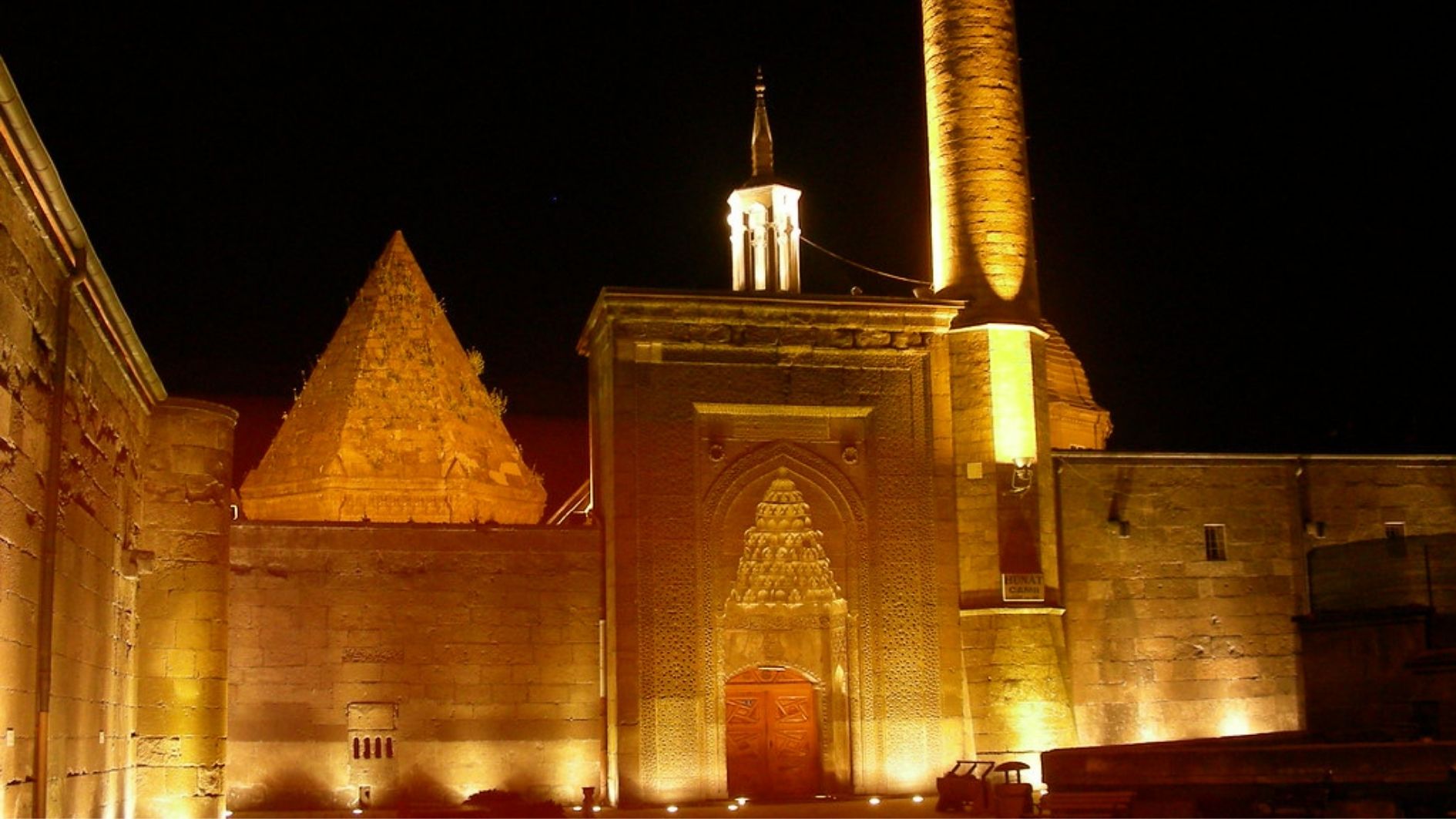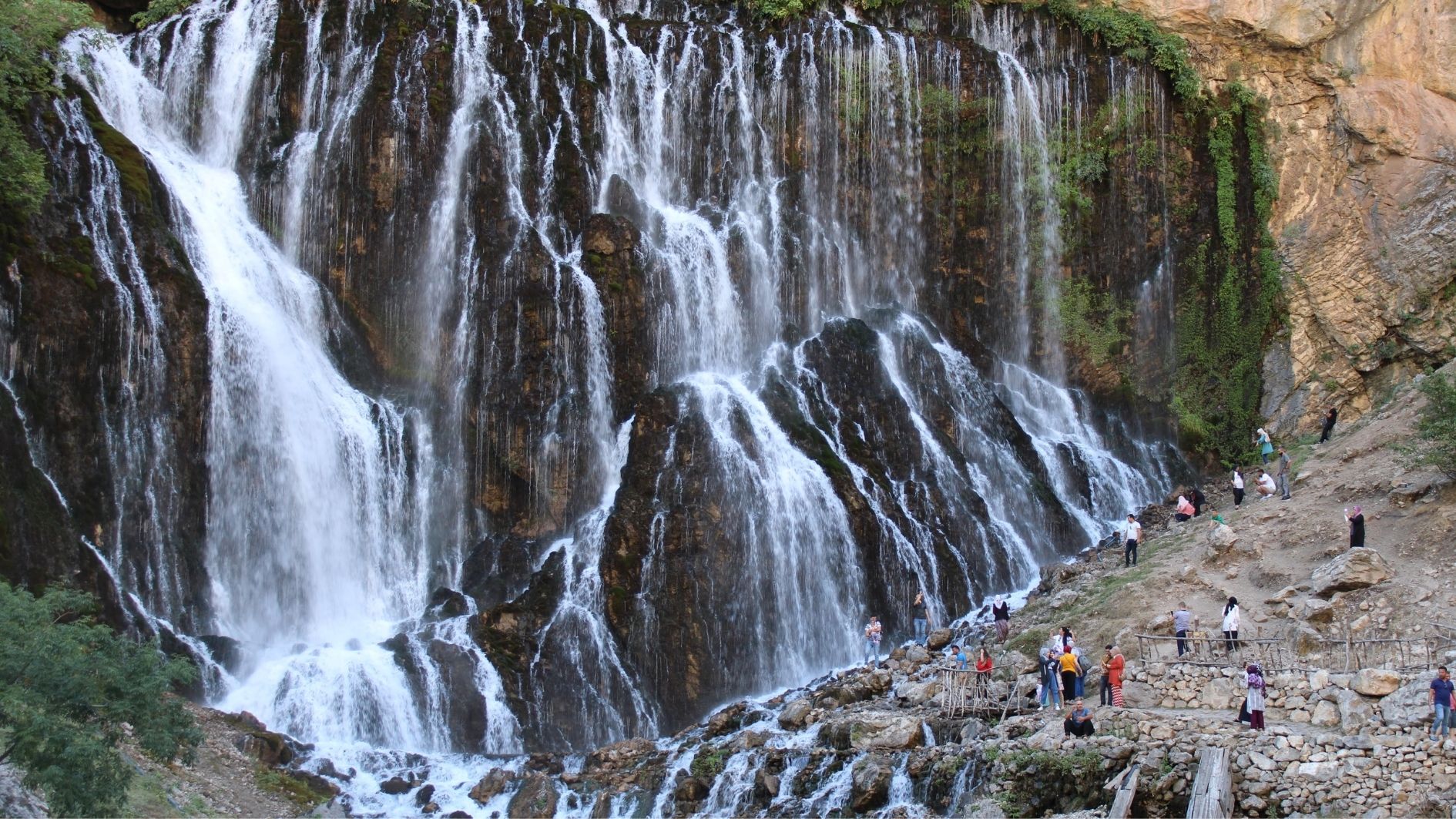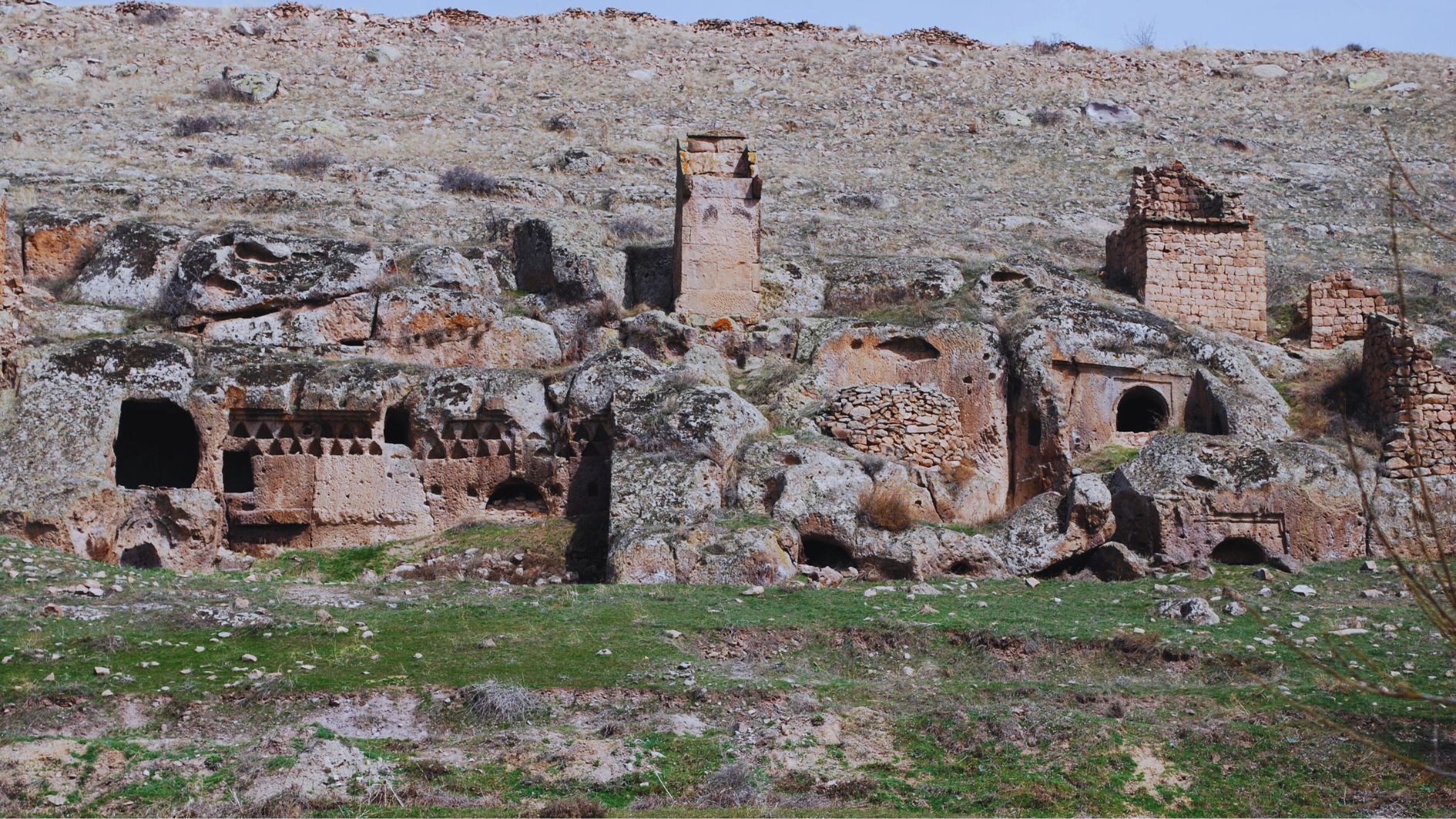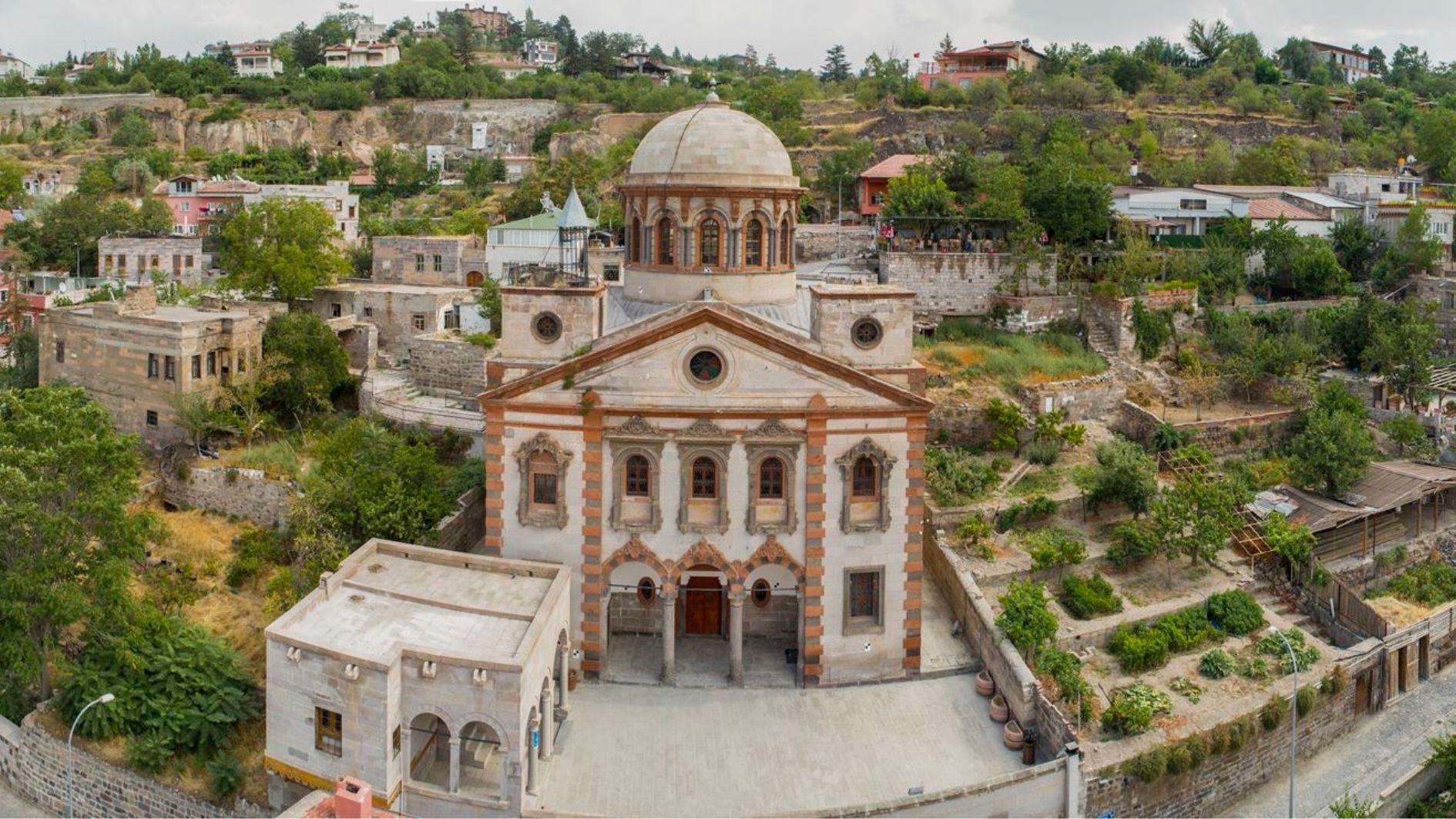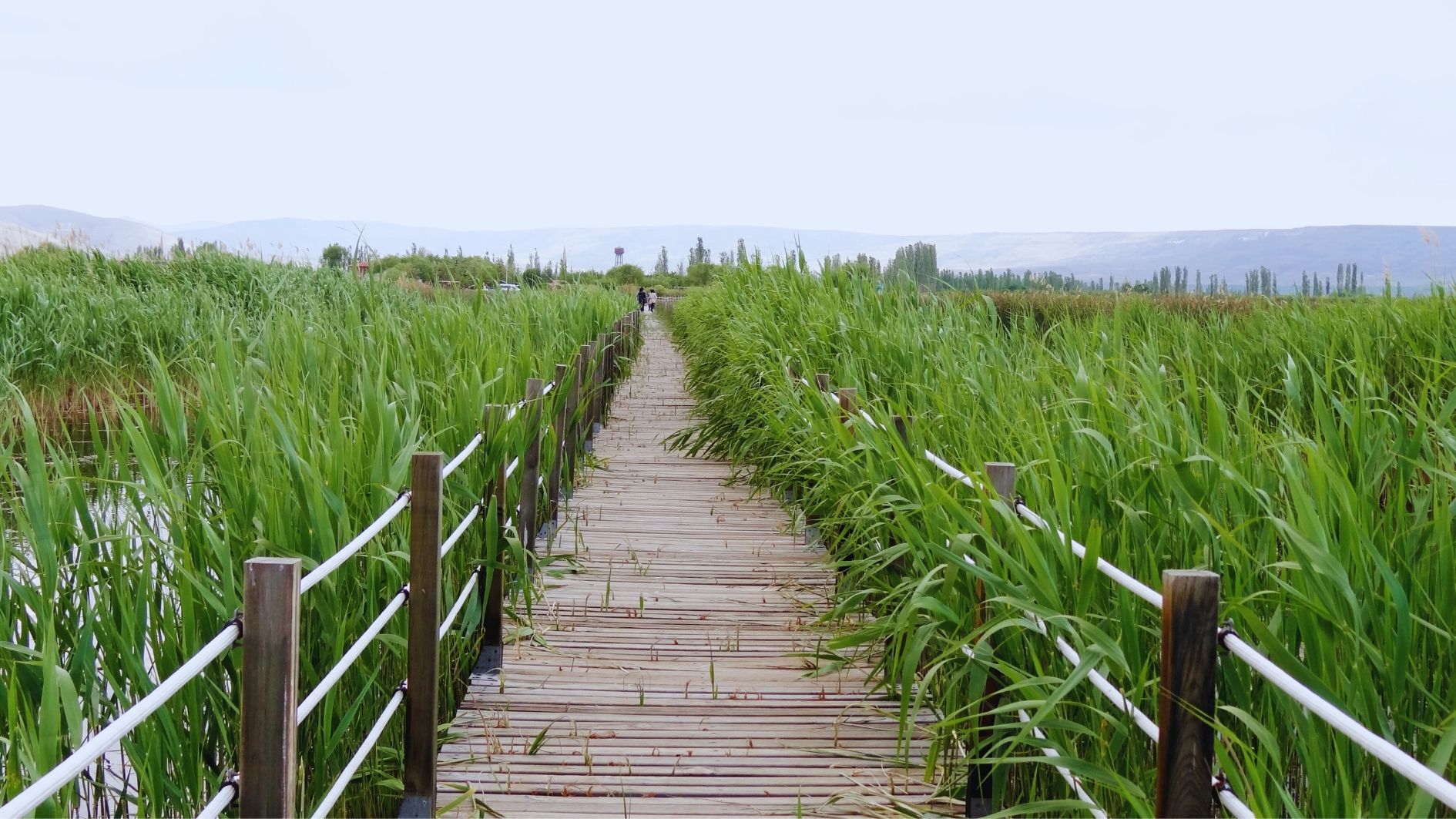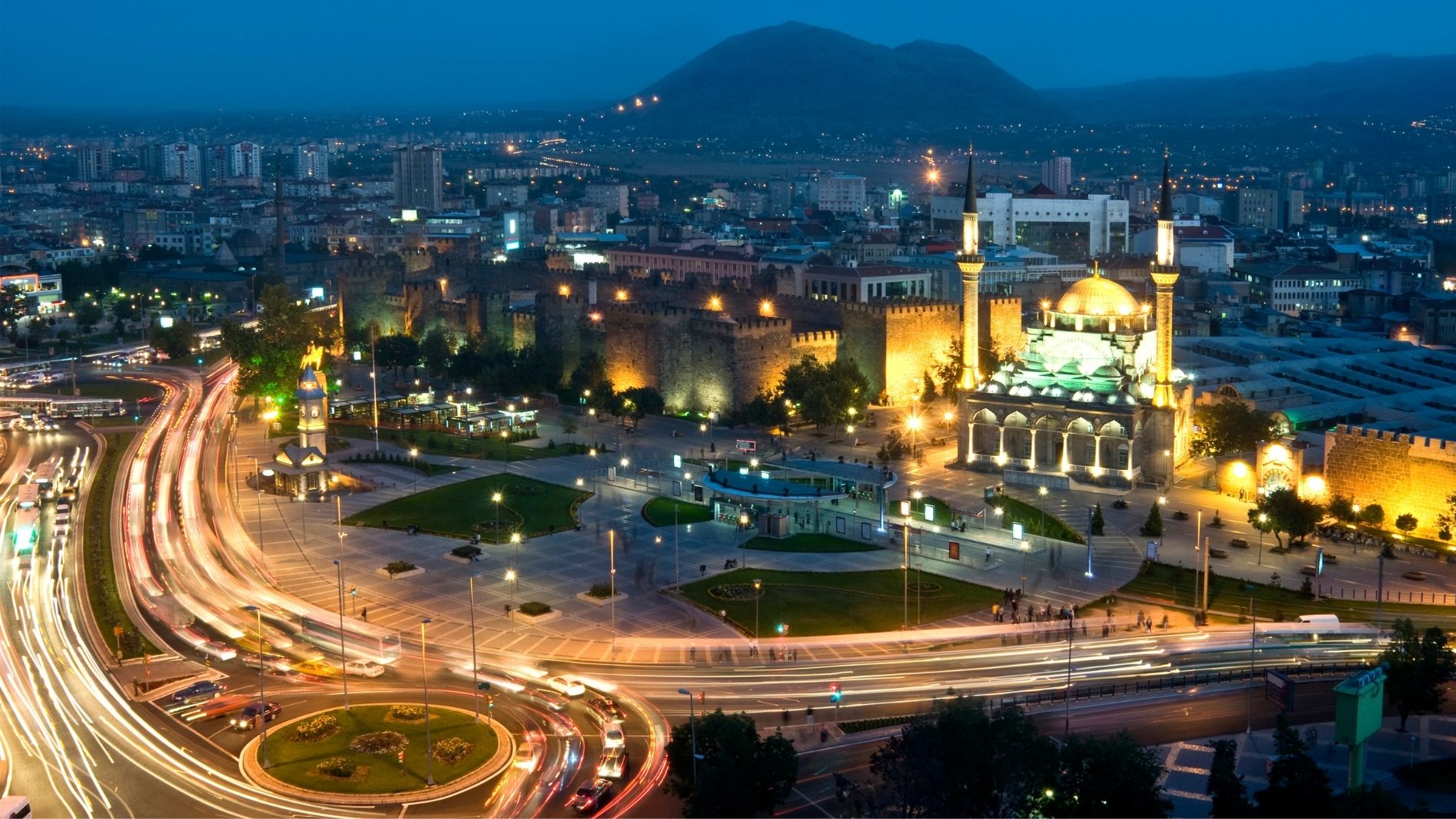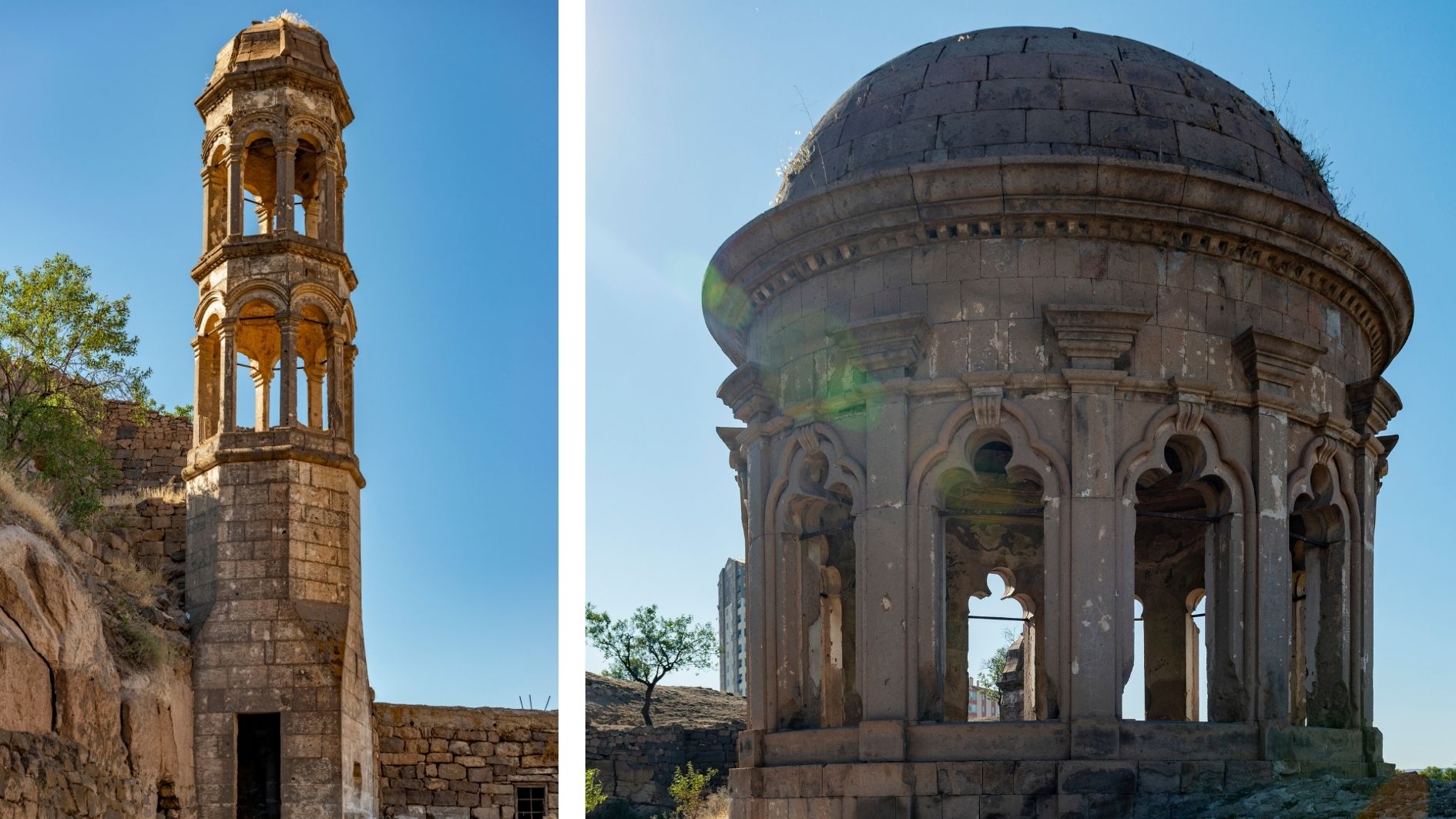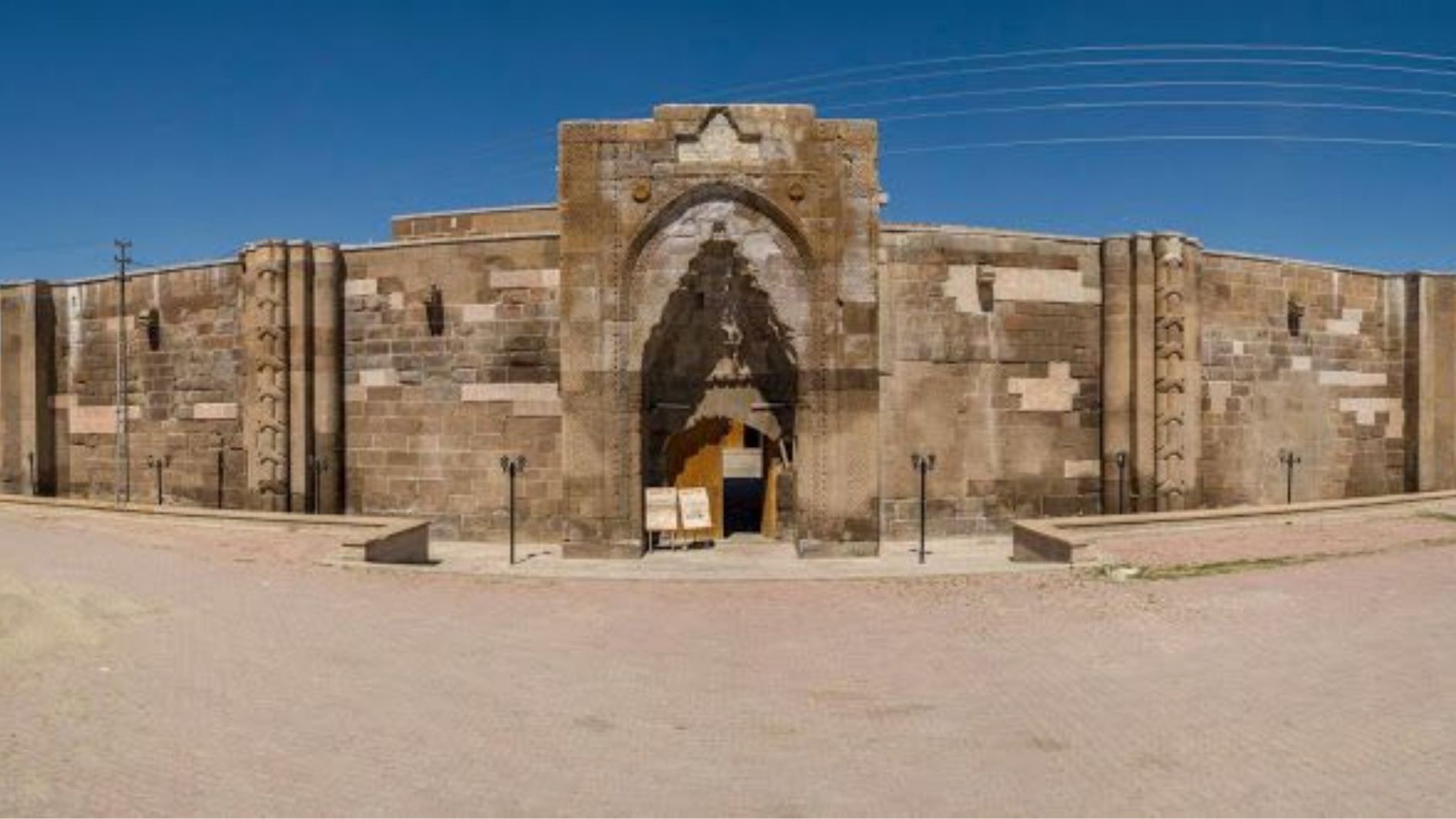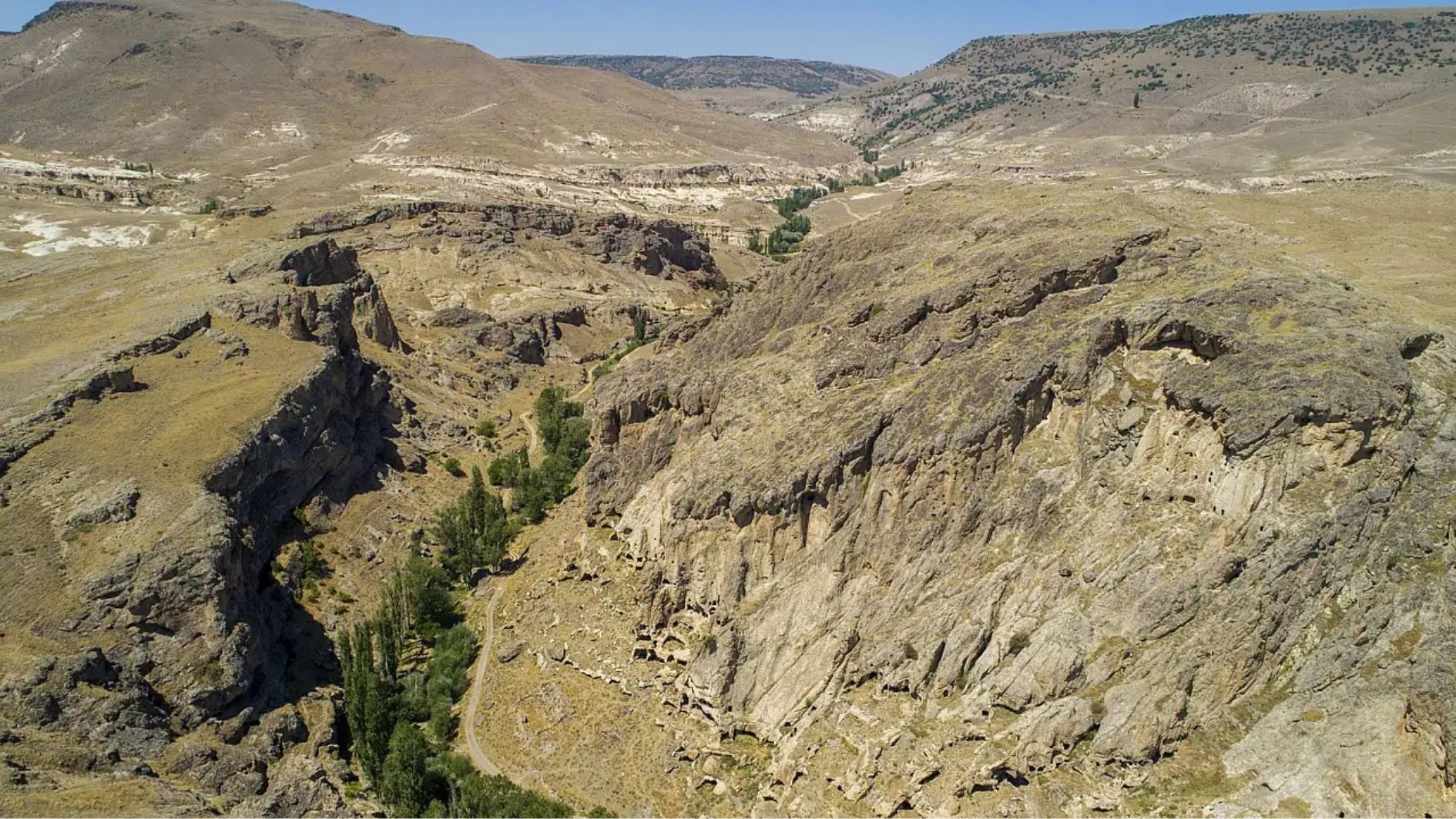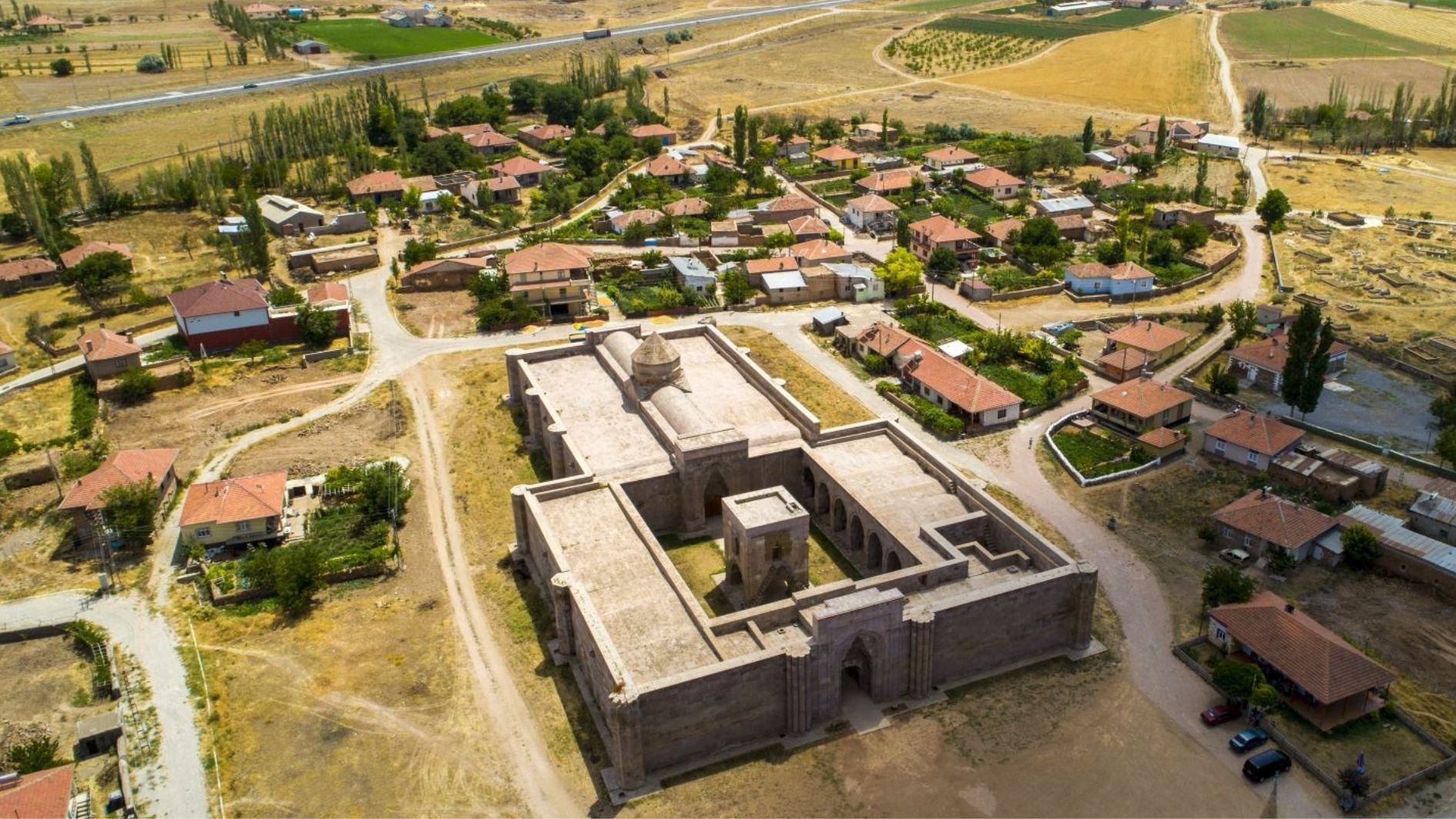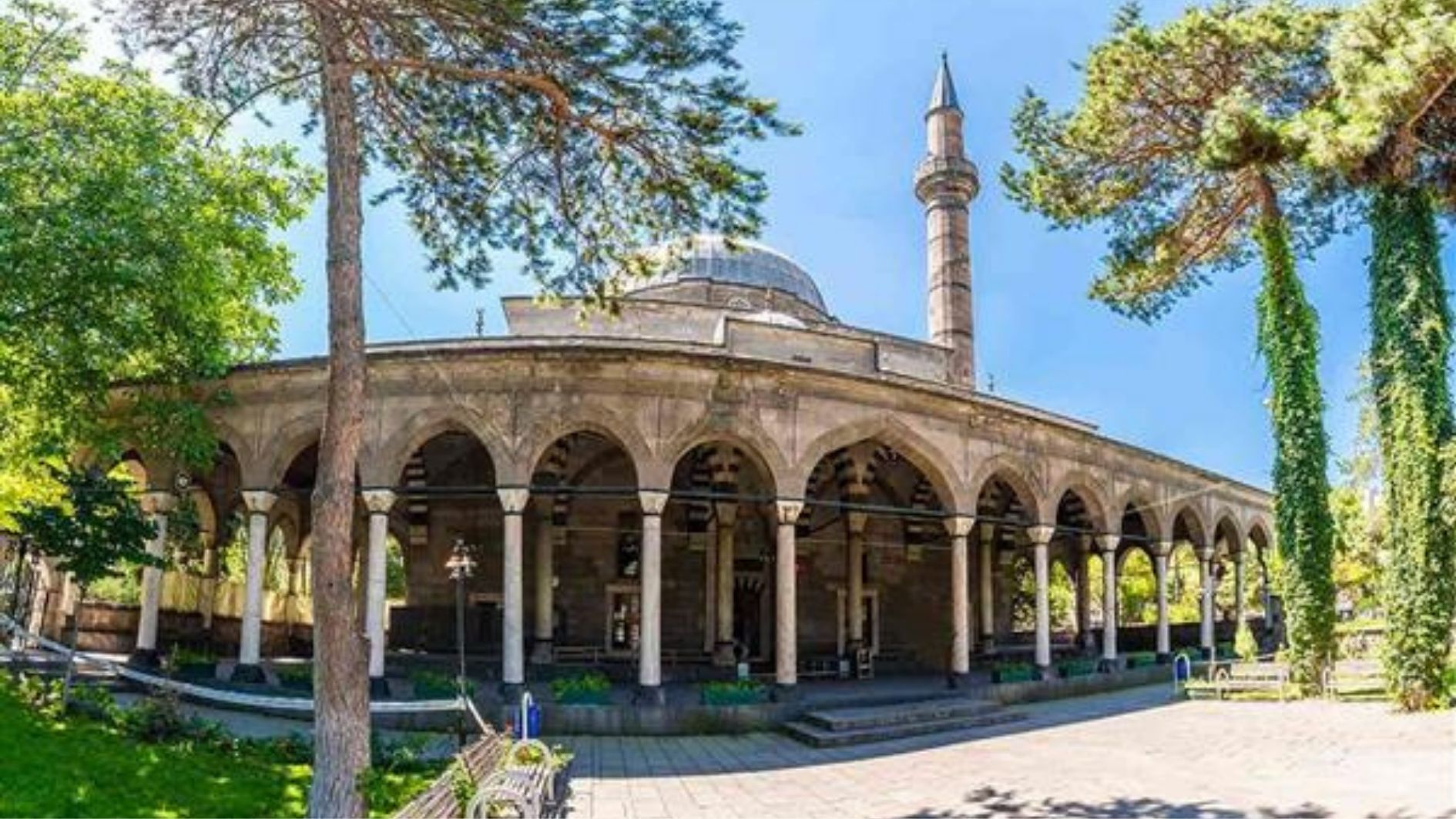Seyyid Burhaneddin Tomb
Seyyid Burhaneddin Tomb
Travel Point Overview
One of the most visited spiritual sites in Kayseri, the Tomb of Seyyid Burhaneddin, is more than just a resting place — it is a living memory of Seyyid Burhaneddin Muhakkik-i Tirmidhi, the spiritual mentor and guide of Mevlana Jalaluddin Rumi
Seyyid Burhaneddin Tomb – A Spiritual Landmark in the Heart of Kayseri
One of the most visited spiritual sites in Kayseri, the Tomb of Seyyid Burhaneddin, is more than just a resting place — it is a living memory of Seyyid Burhaneddin Muhakkik-i Tirmidhi, the spiritual mentor and guide of Mevlana Jalaluddin Rumi.
🕊️ Who Was Seyyid Burhaneddin?
Born in 1166 or 1169 in Tirmidh, Seyyid Burhaneddin was a renowned Sufi scholar and descendant of Prophet Muhammad through his grandson Hussein — hence the titles “Seyyid” and “Hüseynî”. After studying in Tirmidh, he traveled to Belh in 1208, where he became a disciple of Bahaeddin Veled, Mevlana’s father.
Later, he acted as a spiritual guardian (atabeg) to young Mevlana. Following Bahaeddin Veled’s death in 1231, he came to Konya, and eventually settled in Kayseri, where he lived the last nine years of his life and passed away in 1241 (or 1244).
He was known for his spiritual insight, his deep knowledge of both outer and inner sciences, and was affectionately referred to as “Burhan-ı Din” (Proof of Religion) by Mevlana himself.
🕌 The Architecture and Significance of the Tomb
The tomb was built in 1892 with the support of Ankara Governor Abidin Pasha and Kayseri Governor Mehmet Nazım Pasha. It follows a square-plan Seljuk architectural style, made of cut stone, and is topped with a central dome.
Located within the Seyyid Burhaneddin Cemetery on Talas Street, across from Gültepe Park, the tomb is a peaceful and sacred place that blends spiritual significance with historical charm.
Beneath the dome lies Seyyid Burhaneddin’s sarcophagus, and at its head is a poem titled “Âyine-i Seyyid-i Sırdan” written by Kayseri-born Mevlevi sheikh Ahmed Remzi Dede, praising the life and virtues of Seyyid Burhaneddin.
The tomb also houses the grave of Seyyid Zeynelabidin, a descendant of the Prophet, who died in Kayseri in 1414.
📜 Mevlevi Heritage in the Cemetery
To the left of the tomb entrance are historic Mevlevi headstones, including:
- Süleyman Turabi (1835) – Sheikh of Kayseri Mevlevihanesi
- Hacı Remzi Efendi (1865) – His son
- Süleyman Ataullah (1904) – Son of Ahmed Remzi Dede
- Ahmed Remzi Dede (1944) – Respected Mevlevi scholar and poet
Adjacent to the tomb lies the tomb of Emir Erdoğmuş, and around the area are tomb keeper quarters built in later periods.
Since 1981, the tomb has been managed by the Kayseri Museum Directorate, ensuring its preservation for generations to come.
✨ Why Visit Seyyid Burhaneddin’s Tomb?
- Final resting place of Mevlana’s spiritual guide
- A peaceful site for prayer, reflection, and connection
- Rich in Mevlevi and Sufi tradition
- Architectural blend of Ottoman craftsmanship and Seljuk influence
Whether you’re a spiritual seeker, a history enthusiast, or simply in search of tranquility, the tomb offers an unforgettable experience.
📍 Where Is It Located?
- District: Melikgazi, Kayseri
- Address: Inside Seyyid Burhaneddin Cemetery, across from Gültepe Park, on Talas Street
- Getting There: Easily accessible from the city center by foot, bus, or taxi
- Navigation Tip: Search “Seyyid Burhaneddin Türbesi, Kayseri” on your map app
📲 Discover More with Advisormapp
Use the Advisormapp mobile app to:
- Get directions to the tomb
- Access audio guides about Seyyid Burhaneddin’s life
- Discover other historical and spiritual sites in Kayseri
- Find nearby cafes, walking routes, and museums
🔖 Quick Info:
- 📅 Death: 1241 (or 1244)
- 🕌 Tomb built: 1892
- 🏛️ Style: Seljuk-influenced Ottoman architecture
- 📍 Location: Gültepe Park, Talas Street, Melikgazi, Kayseri
- 🧭 Managed by: Kayseri Museum Directorate (since 1981)
- 🌟 Notability: Mentor of Rumi, symbol of Mevlevi tradition in Kayseri

